In today’s competitive procurement landscape, first impressions online matter more than ever. Agency evaluators rarely rely solely on in-person meetings or phone calls—they start their research online. From visiting your website to downloading PDFs or Googling your name, buyers are evaluating your credibility, expertise, and relevance before they ever pick up the phone.
Understanding what evaluators are really looking for—and optimizing every touchpoint—can make the difference between being shortlisted or overlooked. This blog explores how to align your digital presence with buyer expectations and build trust at every stage of the procurement process.
Why Your Online Presence is Critical for Procurement
Procurement evaluators rely heavily on digital research to save time and validate potential vendors. Your website, online profiles, and downloadable content are often their first exposure to your organization. A polished, informative, and credible digital presence can establish trust immediately. Conversely, outdated information, missing details, or poor navigation can raise red flags and push buyers toward competitors.
The key is ensuring that every online interaction answers a buyer’s questions efficiently and reinforces your organization’s professionalism and expertise.
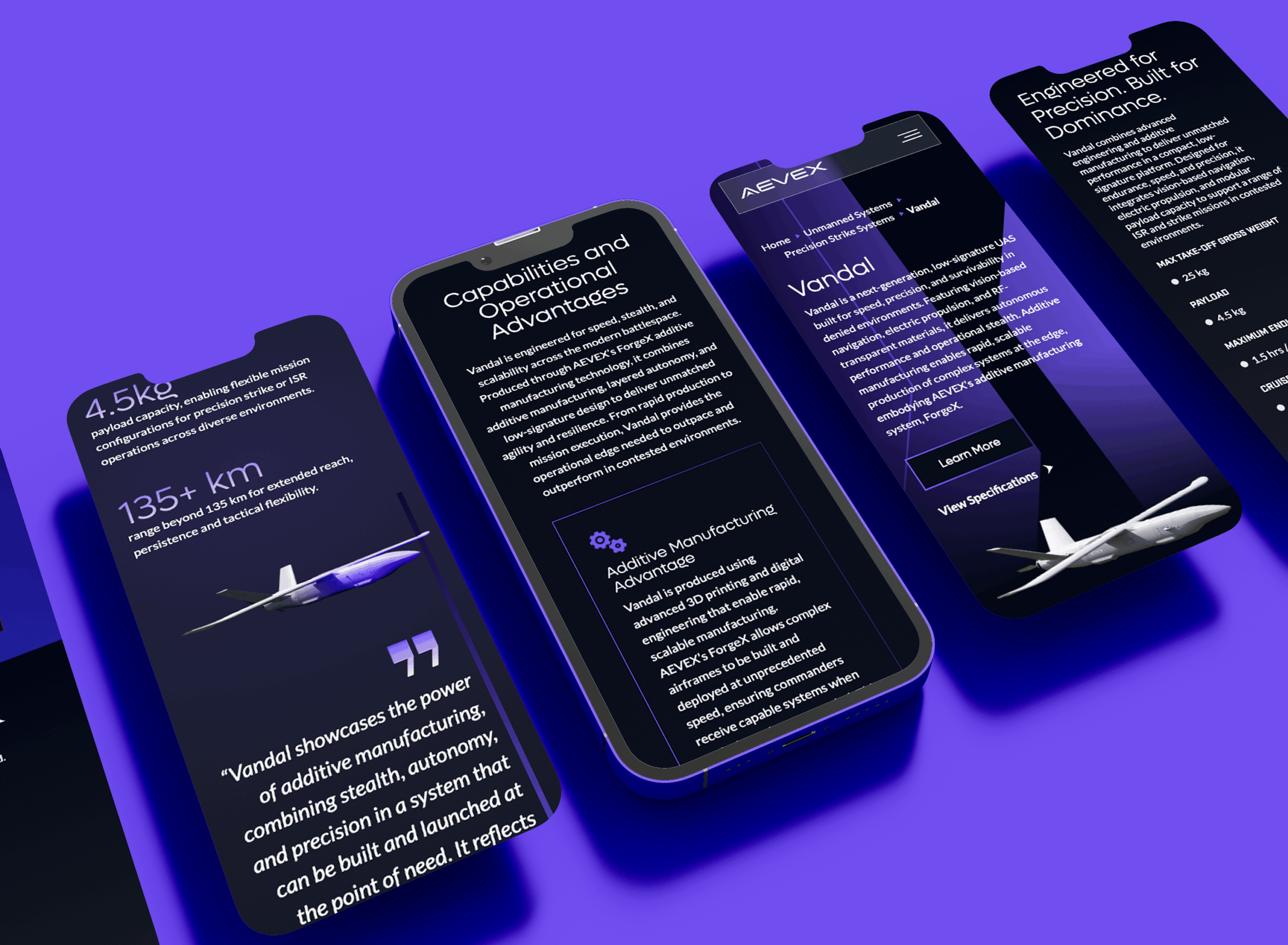
What Buyers Check First: Websites and Online Profiles
When evaluators visit your site or online profiles, they’re looking for clarity, credibility, and relevance. Some of the top elements they notice include:
- Clear messaging: What you do, who you serve, and why it matters should be immediately obvious.
- Client examples and case studies: Demonstrates experience and past success.
- Certifications and awards: Signals trustworthiness and compliance.
- Navigation and structure: Information should be easy to find without frustration.
Missing or inconsistent information can quickly erode confidence. A well-structured website gives evaluators the reassurance they need to continue engagement.
Downloadable Content: PDFs, Case Studies, and Whitepapers
Many evaluators download PDFs, whitepapers, and case studies as part of their research. These materials should provide concise, actionable insights into your capabilities. Key considerations include:
- Clarity: Avoid jargon and keep content focused on what matters to the buyer.
- Visual appeal: Use graphics, charts, and formatting that make content easy to scan.
- Results-focused: Highlight measurable outcomes and past successes.
Strong downloadable content helps buyers make informed decisions quickly and reinforces your credibility. Weak or overly complex documents, on the other hand, can be a barrier to engagement.
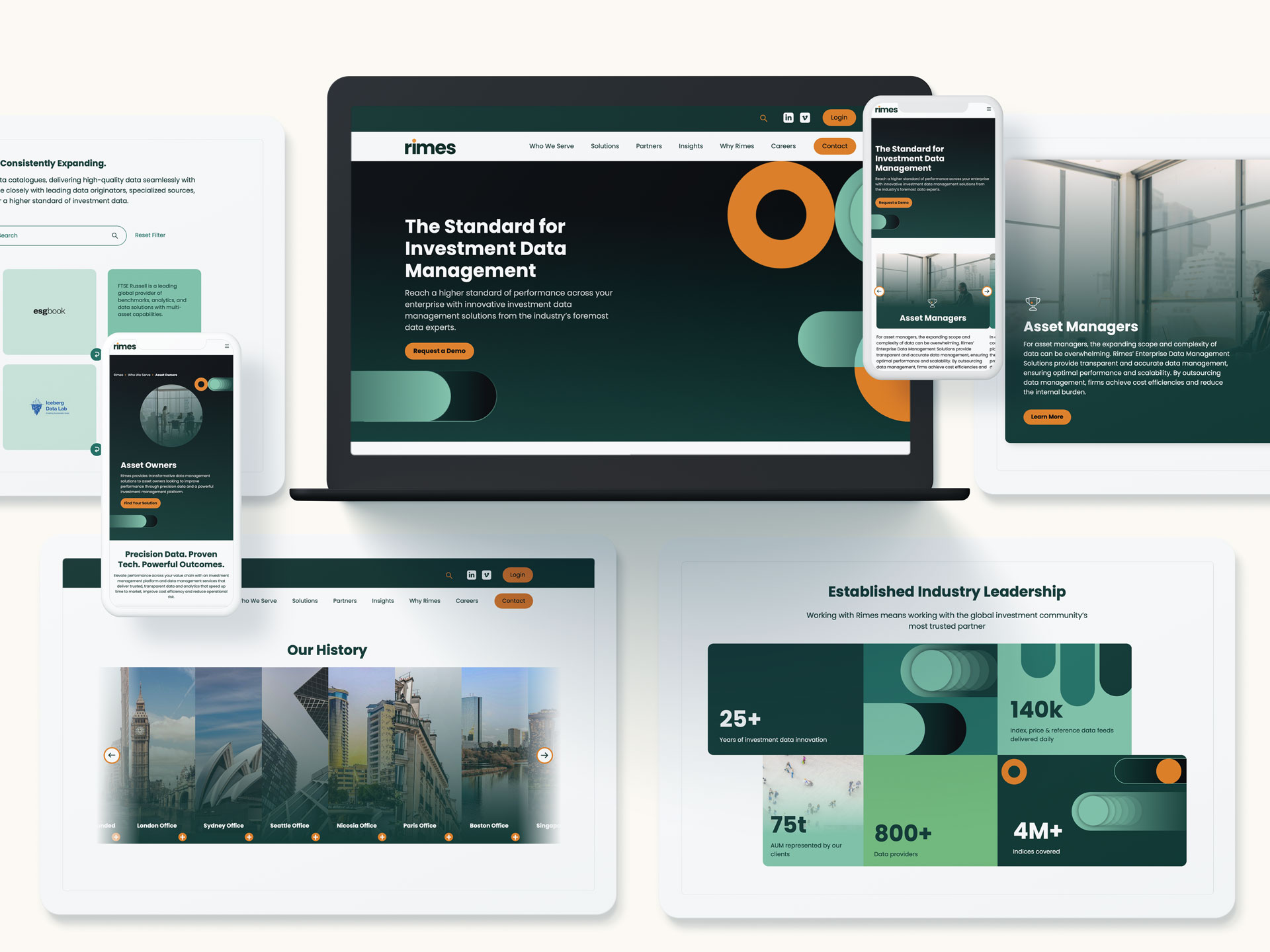
Search Behavior: Googling Your Name and Brand
Evaluators often research your brand and key leaders online. They look for thought leadership, news mentions, and industry recognition to gauge expertise and reputation. This makes SEO, AEO (Answer Engine Optimization), online reviews, and consistent branding more important than ever.
Common pitfalls include outdated press releases, missing leadership bios, or inconsistent messaging across channels. Maintaining accurate, accessible, and positive online visibility ensures evaluators find credible and relevant information when they search for you.
Evaluators’ Key Priorities in the Procurement Journey
Procurement teams generally focus on four main priorities during their online research:
- Trustworthiness: Can they rely on you to deliver on promises?
- Evidence of expertise: Do you have the experience and capability to meet their needs?
- Ease of access to information: Can they quickly find answers to critical questions?
- Alignment with their goals: Do your solutions or services match their agency or organizational priorities?
Aligning your digital presence with these priorities ensures evaluators can confidently move forward with your organization.
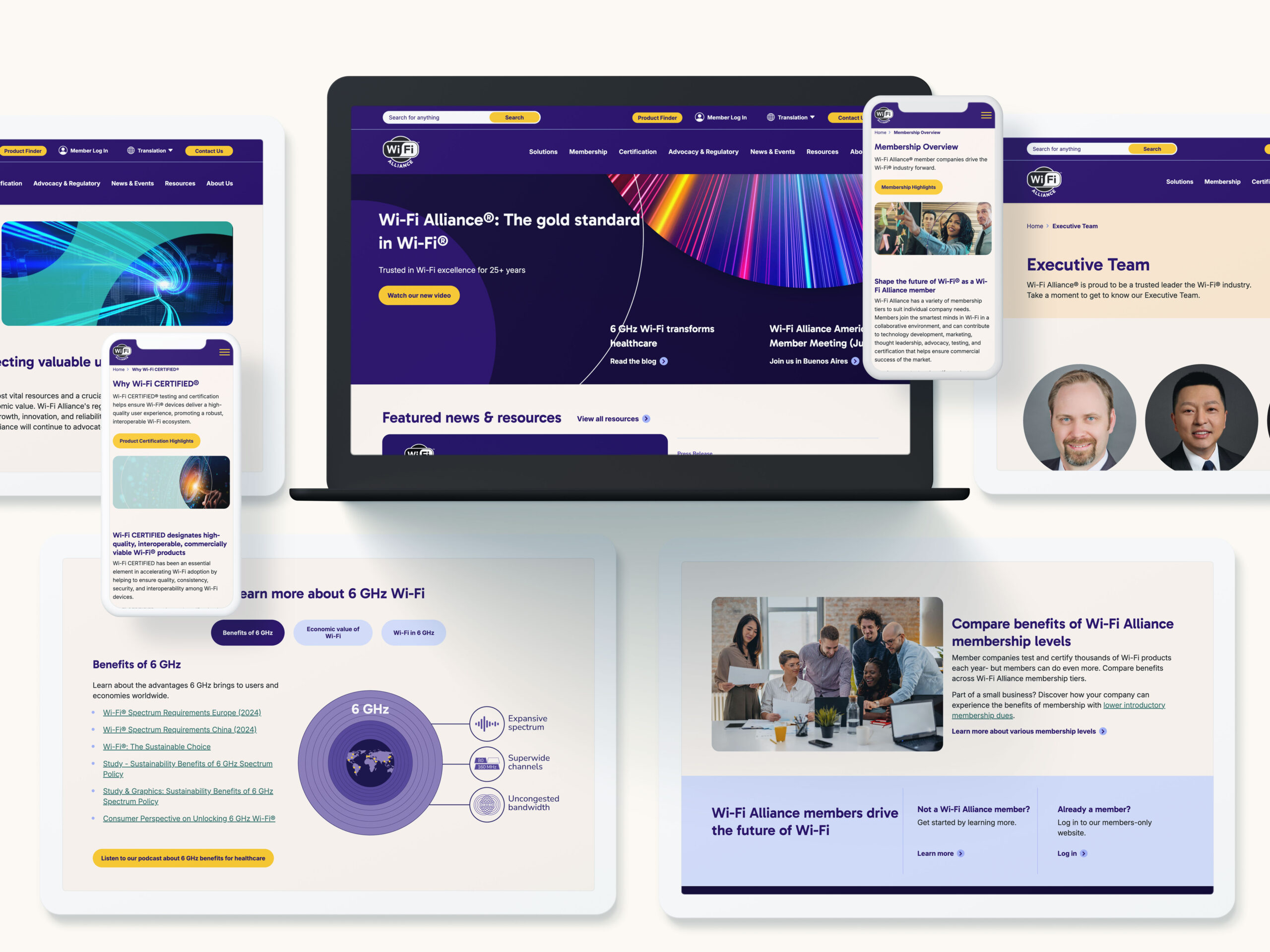
Aligning Your Digital Experience With Buyer Expectations
To meet buyer expectations, organizations should:
- Audit websites regularly: Ensure messaging, client examples, and leadership bios are current.
- Optimize downloadable content: Keep PDFs concise, visually clear, and results-focused.
- Invest in SEO and thought leadership: Ensure your organization appears authoritative in search results.
- Maintain consistent branding: Across websites, social media, and online documents.
By proactively optimizing every touchpoint, you reduce friction in the procurement process and increase your chances of being shortlisted.
Final Takeaway
Every online interaction shapes a buyer’s perception and influences procurement decisions. By understanding what evaluators look for—websites, downloadable content, and search visibility—you can create a digital presence that builds trust and drives engagement.
Ready to strengthen your procurement-focused digital presence? Contact Bluetext to ensure your website, content, and online profiles meet buyer expectations and set your organization apart in competitive evaluations.
For years, AI tools lived behind the scenes—powering analytics platforms, optimizing ads, and quietly improving operational efficiency. Today, that dynamic has changed. Modern AI has stepped directly into the creative process, giving marketers a new kind of collaborator: fast, tireless, endlessly iterative, and surprisingly insightful.
As content demands grow and campaign cycles tighten, many marketers are now treating AI like a creative intern. It helps spark ideas, draft early versions, and prototype visuals—while humans provide strategy, refinement, and the creative vision that brings everything together.
Why AI Works So Well as a “Creative Intern”
AI excels at producing ideas and content variations rapidly by recognizing patterns across millions of data points. It can spin up dozens of campaign angles, summarize complex topics, or propose creative directions in seconds. This speed removes early bottlenecks and frees marketers to focus on higher-value thinking.
AI is not a replacement for human creativity. It cannot intuit cultural nuance, brand voice, or strategic intent. When used as a supportive and exploratory partner, AI becomes a powerful extension of the creative team.
Jumpstarting Brainstorms With AI
The earliest phase of any campaign, finding the right idea, is often the hardest. AI can accelerate this process significantly. Marketers use it to surface themes, map audience needs, and generate thought starters across content types.
AI can produce headline lists, narrative frames, script angles, and unexpected conceptual twists. It provides volume and variety that helps teams explore a wider range of ideas before narrowing down to the strongest concepts. Using AI this way allows teams to reach alignment more efficiently.
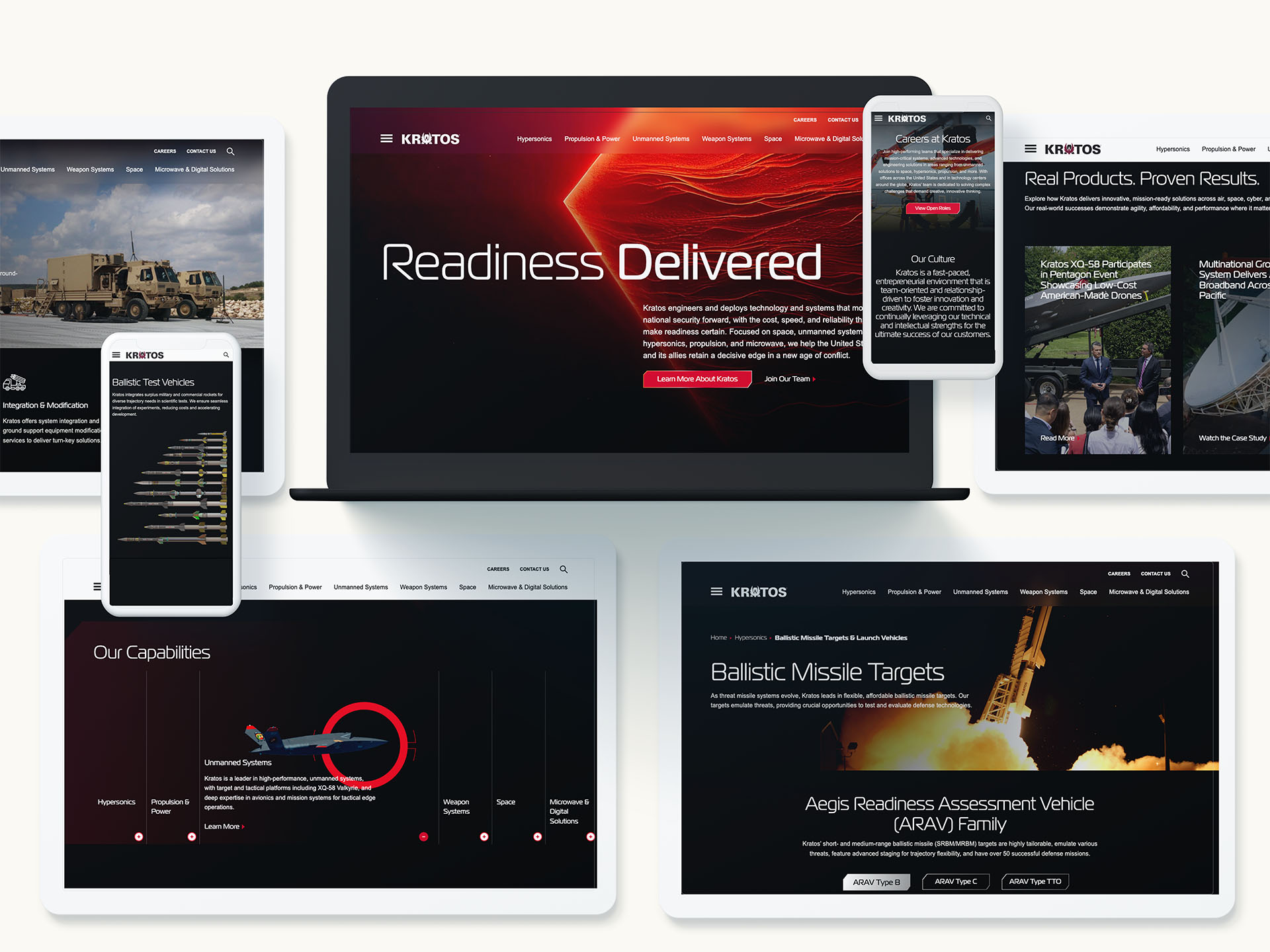
Drafting Content Quickly Without Sacrificing Brand Voice
AI is particularly effective at producing first drafts of marketing content, including blogs, emails, landing pages, and social posts. These drafts save time and make writing more efficient.
Human editors are still necessary to refine tone, ensure accuracy, and align messaging with the brand and audience. AI typically produces 60 to 70 percent of the work, and human craft brings it across the finish line. This combination increases content velocity while maintaining quality.
Visual Prototyping: From Ideas to Early Concepts in Minutes
Before committing to full creative development, teams often need to test concepts visually. AI image tools have become valuable for building quick prototypes, sketching layouts, exploring photography directions, experimenting with type styles, or imagining conceptual scenes.
These early mockups are not final deliverables. They serve as conversation starters that help creative directors, strategists, and clients visualize potential directions and iterate with confidence. AI enables teams to explore more directions in less time and with fewer constraints.
Where AI Adds Real Value and Where It Does Not
AI excels in tasks that require speed, iteration, and pattern-driven outputs. Idea generation, copy variations, exploratory visuals, and content repurposing all benefit from AI assistance.
However, AI should not replace decision-making in brand strategy, final creative production, or campaigns that involve sensitive topics. Human oversight is essential to maintain accuracy, originality, and brand integrity. The best results occur when AI supports human judgment instead of replacing it.
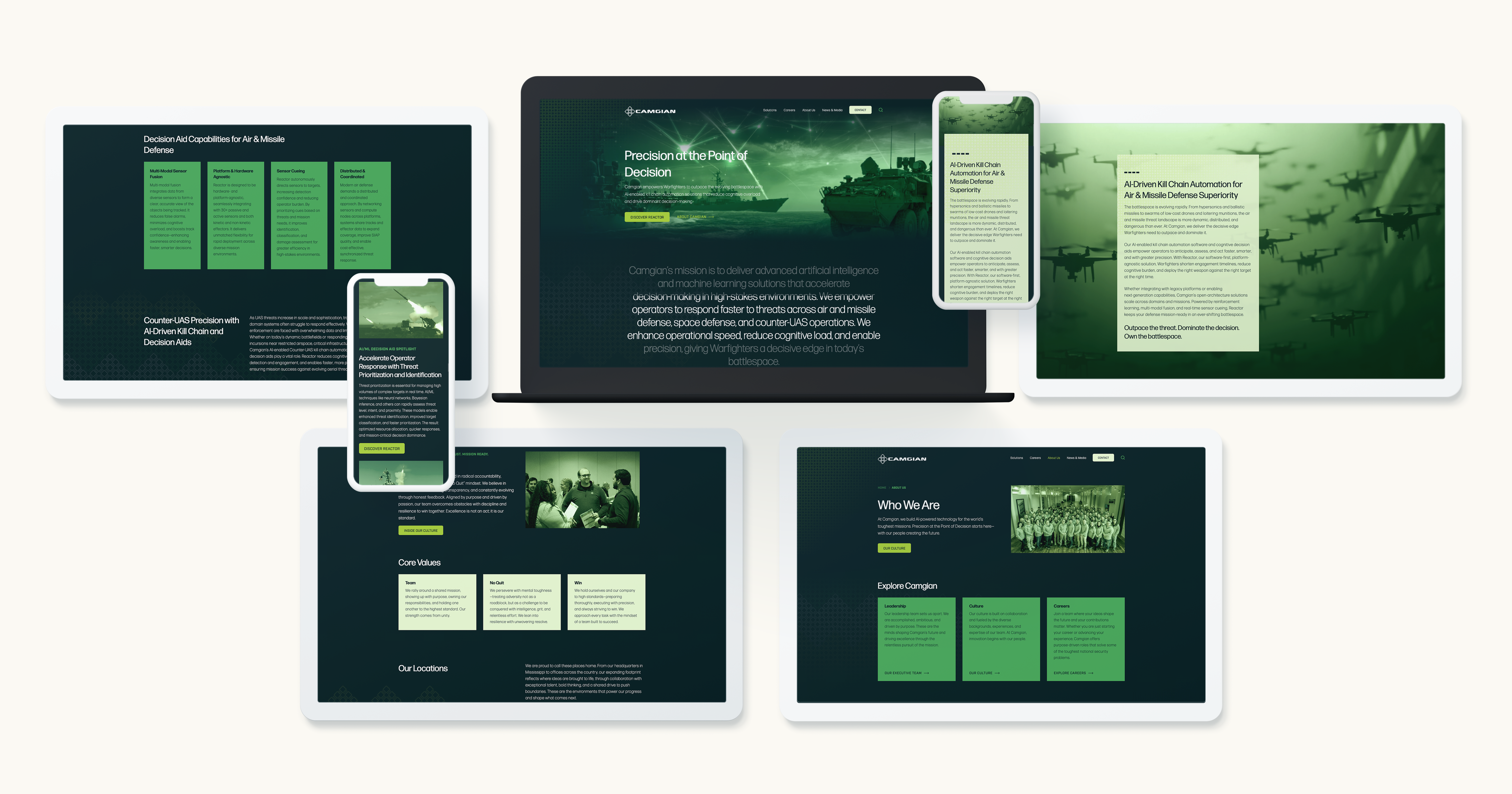
Operationalizing AI in the Creative Workflow
To consistently gain value from AI, marketers should develop deliberate processes, including reusable prompt libraries, role-based workflows, and clear review systems. Collaboration improves when strategists use AI for insight development, writers use it for first drafts, and designers use it for mood boards and prototypes.
The most successful teams treat AI as another member of the creative staff, one that requires direction, feedback, and quality oversight.
AI Elevates Human Creativity Without Replacing It
AI enables speed, scale, and exploration, but human creativity remains essential. Marketers bring cultural understanding, strategic clarity, and emotional intelligence, qualities AI cannot replicate. When AI handles repetitive and exploratory tasks, human creativity can focus on strategy, conceptual thinking, and final execution.
Teams that combine AI efficiency with human imagination are better positioned to produce smarter, faster, and more inventive content and campaigns.
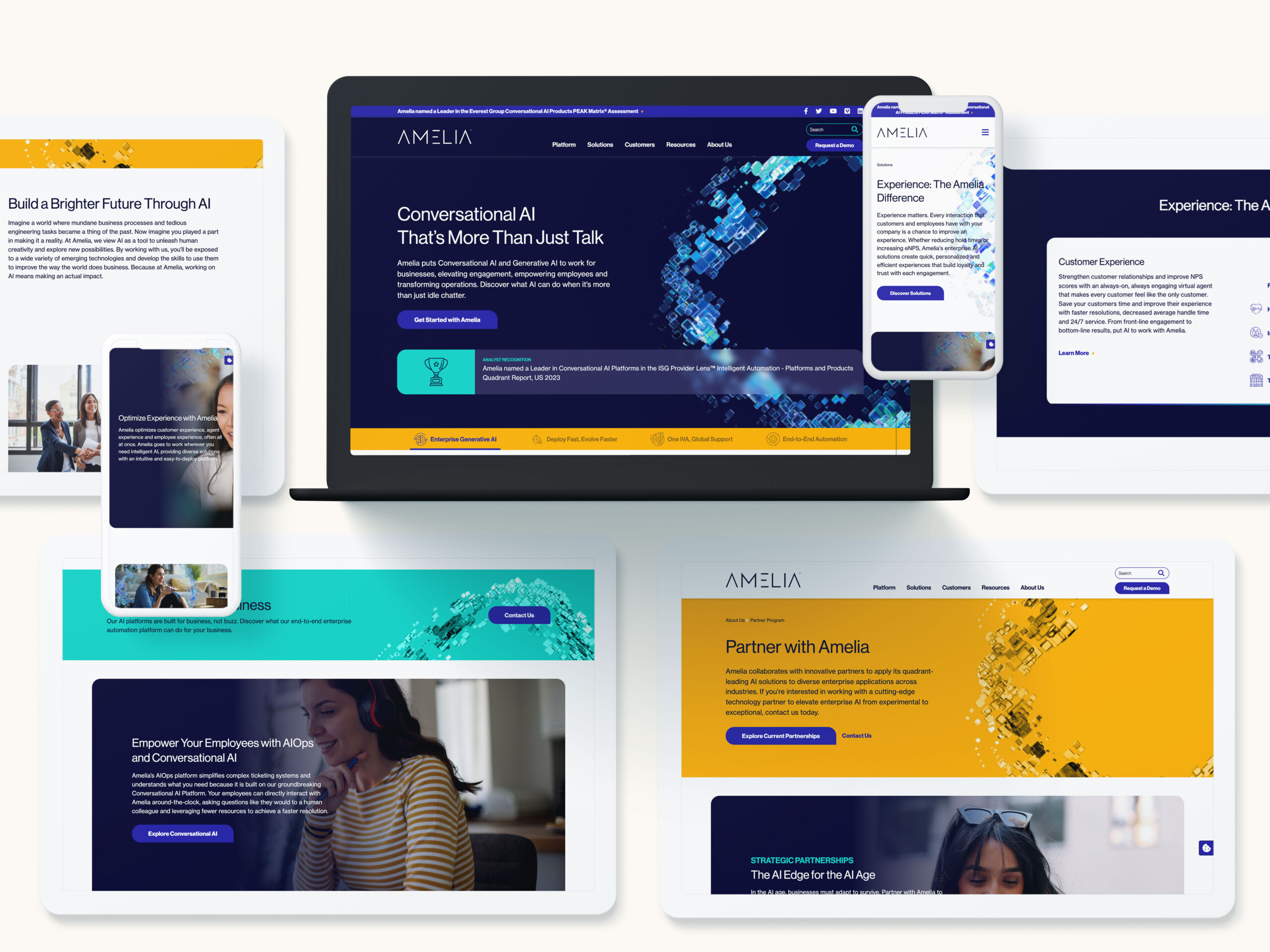
Ready to Integrate AI Into Your Creative Process?
Bluetext partners with brands to help them use AI responsibly and effectively across content development, creative workflows, and campaign execution. If your team is ready to work faster, smarter, and more creatively, we can help you get there.
For years, B2B marketing was shaped by slow, steady macro trends—industry shifts, technology cycles, and long-term buyer behavior. Today, the tempo has changed. Short-term cultural and consumer signals now ripple into the B2B world faster than ever. Even highly technical buyers are influenced by the same content formats, social patterns, and conversation cues shaping modern culture.
That’s why micro trends—those fast-moving signals across platforms, communities, and conversations—have become essential inputs for brand positioning and campaign strategy. Understanding these patterns gives marketing teams an early read on where buyer needs are heading and what will resonate next.
What “Micro Trends” Really Mean for B2B Marketers
A micro trend isn’t a passing meme or a one-day viral moment. It’s a concentrated shift in behavior or conversation that hints at a deeper need. In B2B, micro trends often surface in places like LinkedIn post formats, rising search terms, Slack community threads, analyst commentary, or conversations around emerging technologies.
For example, spikes in discussions around AI safety, cybersecurity trust, operational resilience, or sustainability certifications often predict shifts in how buyers evaluate solutions. Micro trends help marketers separate what’s noise from what’s quietly becoming a new expectation.
How Micro Trends Shape Stronger Brand Positioning
Brand positioning shouldn’t change every quarter—but it should stay responsive to what buyers care about. Micro trends offer an early signal of emerging priorities and give marketers data-backed reasons to refine how they articulate their value.
Sometimes this means elevating new proof points, emphasizing different product benefits, or reframing old capabilities for a new context. A company that once led with efficiency, for example, may find buyers responding more strongly to themes of risk mitigation, security, or long-term scalability if those topics are trending across conversations.
Small shifts in emphasis can create major advantages in relevance.

Using Micro Trends to Build More Agile Campaigns
Campaign agility isn’t about reacting to everything—it’s about acting quickly on the right things. Micro trends allow teams to spot opportunities for rapid activation: a new content angle, an emerging thought-leadership topic, or a timely explainer piece answering a question buyers suddenly care about.
Real-time signals also help marketers retire or update assets that no longer match the conversation. When done well, micro-trend-driven agility leads to better creative alignment, stronger engagement across channels, and smarter use of budget.
Where Micro Trends Come From: The Signals That Matter
B2B marketers can find meaningful micro trends across four key categories:
Platform Signals
Shifts in content style—like TikTok-inspired storytelling appearing on LinkedIn, or rapid-fire Q&A threads becoming popular—show how buyers prefer to learn, not just what they care about.
Search Signals
When question-based searches or problem-driven phrases spike, they offer clues about new pain points or emerging evaluation criteria.
Cultural Signals
Economic headlines, workforce sentiment, regulatory chatter, and industry debates all influence the tone buyers expect from brands.
Technology Signals
Founders promoting new ideas, sudden adoption of emerging tools, or new product categories gaining momentum can reshape messaging priorities.
In isolation, each signal is small. Together, they reveal what’s gaining traction—and what B2B brands should prepare for.
Testing and Scaling Micro-Trend Insights
Not every micro trend deserves a full campaign. Smart teams validate early insights with quick tests: message variations, gated vs. ungated content, LinkedIn polls, or targeted paid experiments.
When an idea consistently performs, it becomes a candidate for larger activation. Some micro insights evolve into evergreen thought-leadership platforms; others influence product messaging, SEO strategy, or brand storytelling. The key is building a lightweight testing engine that allows ideas to scale naturally.

Avoiding the Pitfalls of Trend-Chasing
Trend responsiveness can go wrong when teams confuse speed with strategy. Over-indexing on short-term signals can lead to fragmented messaging, inconsistent positioning, or campaigns that age too quickly. The antidote is a clear filter: Does this trend align with our brand? Does it solve a real customer need? Does it fit the direction of our category?
Micro trends should enhance brand focus—not dilute it.
Building a Trend-Responsive B2B Marketing Engine
Trend-driven marketing works best when supported by flexible systems: modular creative assets, cross-functional collaboration, real-time dashboards, and streamlined approval processes. When teams are equipped to move quickly, trend insights become a competitive advantage instead of a scramble.
The brands that excel are those that combine strategic discipline with the speed to act when it matters.
Why Micro Trends Lead to Better Outcomes
Micro trends reveal what buyers care about before it shows up in traditional research. They help brands stay modern, relevant, and differentiated in categories where messages often sound the same. When B2B organizations learn to read early signals, they’re better positioned to anticipate macro shifts—before those shifts reshape the market.
In a landscape where attention is scarce and expectations shift fast, micro-trend intelligence helps B2B marketers build stronger brands and smarter campaigns.
Ready to Turn Micro Trends Into Strategic Moves?
Bluetext helps leading B2B organizations translate emerging signals into clear, compelling brand and marketing strategies. If your team is ready to capture what’s coming next, we’re here to help.
Expanding your SaaS or service brand globally is an exciting but challenging endeavor. While growth opportunities abound, so do pitfalls—especially when it comes to maintaining cultural relevance. Many brands stumble by assuming that a one-size-fits-all approach will resonate across markets. The truth is, successful global brands balance consistency with local adaptation, ensuring they feel both familiar and relevant to regional audiences.
This guide explores practical strategies for building a global brand with local flavor, helping you scale internationally while staying connected to your customers’ cultural context.
Why Local Flavor Matters in Global Branding
When brands expand internationally, they often face a delicate balancing act: staying true to their core identity while connecting with local audiences. Cultural nuances—like communication styles, social norms, and visual preferences—can dramatically influence how your brand is perceived.
Ignoring these subtleties can lead to campaigns that feel generic, alienating, or even offensive. For SaaS and service brands, cultural relevance isn’t just a nicety; it’s a growth driver. Customers are more likely to trust and adopt solutions that respect local customs, speak their language, and reflect their values.
For example, a global software provider that uses a U.S.-centric marketing campaign may see limited engagement in regions where humor, color symbolism, or messaging norms differ. Tailoring your approach ensures your brand feels accessible and trustworthy, increasing adoption and loyalty.
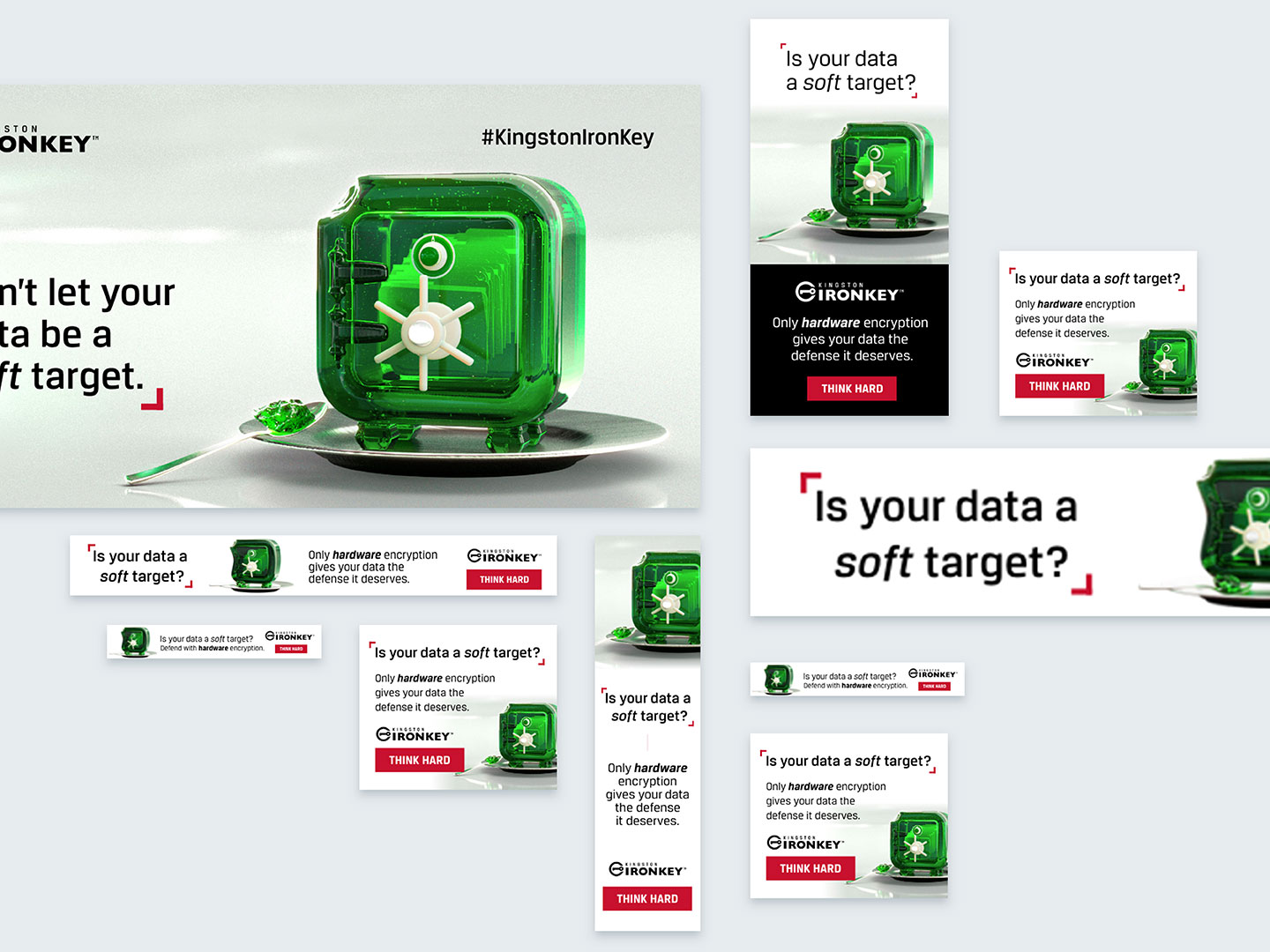
Core Principles for Balancing Global Consistency and Local Adaptation
Building a brand that thrives globally requires intentional strategy. Here are four core principles to guide your efforts:
1. Brand Guidelines with Flexibility
Consistency is critical for brand recognition, but rigidity can stifle local relevance. Maintain a clear brand voice, visual identity, and messaging framework while allowing regional teams to adapt them. This flexibility ensures the brand resonates locally without losing its global cohesion.
2. Localized Content Strategy
Content drives perception. Translating your website, blog posts, and campaigns is a start—but true localization goes further. Tailor examples, imagery, and references to local contexts. Highlight regional success stories or case studies to make your brand feel personally relevant.
3. Cultural Intelligence in Marketing Teams
Building local insight requires expertise. Employ in-market consultants or hire local team members who understand cultural norms, consumer behavior, and regulatory landscapes. Their perspective will help prevent missteps and enhance campaign effectiveness.
4. Consistent Value Proposition, Adapted Expression
Your core brand promise should remain uniform across markets, but the way it’s communicated can differ. For instance, emphasizing innovation in one market may resonate, while trust and reliability may be more effective elsewhere. Balancing consistency with cultural nuance is key.

Step-by-Step Approach to Building a Global Brand with Local Flavor
A structured approach reduces risk and maximizes impact when entering new markets. Follow these steps to scale globally while staying locally relevant:
1. Research Local Markets
Before launching, understand local competitors, consumer behavior, regulatory requirements, and cultural preferences. Use surveys, focus groups, and local market research to uncover insights. Knowledge is the foundation for effective localization.
2. Segment and Prioritize Regions
Not all markets are equally ripe for expansion. Evaluate opportunity based on market size, growth potential, cultural alignment, and logistical feasibility. Prioritize markets where your product naturally fits and where you can gain traction quickly.
3. Adapt Marketing Campaigns
Localization goes beyond translation. Adapt language, visuals, symbols, and messaging to reflect local tastes. Avoid literal translations; instead, aim for contextually meaningful messaging that feels native to each audience.
4. Leverage Local Influencers and Partners
Local influencers, partners, and thought leaders can amplify your brand’s credibility. Collaborating with respected voices helps your message feel authentic and trusted. Partnerships can also provide insights into regional trends and customer expectations.
5. Test, Measure, and Iterate
No strategy is perfect on the first attempt. Launch pilot campaigns in select markets, track engagement metrics, and collect qualitative feedback. Use these insights to refine your messaging, campaigns, and product positioning before scaling broadly.

Common Challenges and How to Overcome Them
Even experienced brands encounter hurdles when expanding internationally. Here’s how to navigate the most common challenges:
1. Balancing Global vs. Local Control
Too much centralization can make campaigns feel rigid, while too much decentralization risks brand dilution. Establish clear brand principles, then empower local teams to adapt campaigns intelligently.
2. Avoiding Cultural Missteps
Misunderstanding local customs, humor, or symbolism can harm your brand. Conduct cultural audits and consult local experts to avoid errors that could undermine trust.
3. Managing Multilingual Teams
Coordinating messaging across languages and regions can be complex. Use collaboration tools, translation memory systems, and clear communication protocols to ensure consistency without stifling local adaptation.
4. Tracking Metrics Across Markets
Different markets may prioritize different KPIs. Establish global benchmarks while allowing flexibility for local metrics that capture engagement, sentiment, and adoption in context.
Actionable Takeaways
Scaling globally doesn’t mean sacrificing cultural relevance. By combining consistent brand principles with locally tailored strategies, SaaS and service brands can build trust, engagement, and adoption worldwide.
Key takeaways:
- Research and understand each target market.
- Maintain brand consistency but allow local flexibility.
- Leverage local influencers and partners for credibility.
- Test, measure, and iterate campaigns to optimize impact.
Global expansion is complex, but with the right balance of strategy and cultural insight, your brand can resonate in every market.
In today’s data-driven world, marketers often focus on clicks, impressions, and leads as primary measures of success. But these top-of-funnel metrics only tell part of the story. What businesses truly need to understand is customer lifetime value (CLV)—the long-term worth of a customer over the entire lifecycle. By moving from short-term metrics to a full-funnel analytics framework, you can make smarter marketing decisions, allocate budgets more effectively, and drive sustainable growth.
Full-funnel analytics goes beyond surface-level engagement. It allows you to measure every touchpoint, optimize the customer journey, and ensure your marketing efforts are generating real revenue instead of just traffic.
Understanding the Full-Funnel Approach
A full-funnel analytics framework considers the complete journey a customer takes, from first interaction to repeat purchases and advocacy. The funnel typically includes:
- Awareness – When potential customers first learn about your brand.
- Consideration – When prospects evaluate your solution against competitors.
- Conversion – When leads become paying customers.
- Retention – Ensuring customers continue to engage and buy.
- Advocacy – When satisfied customers refer others, creating a multiplier effect.
Focusing only on clicks and leads ignores the later stages of the funnel, where real revenue is generated. By tracking the entire journey, you gain visibility into which campaigns and channels drive high-value, long-term customers.

From Clicks to Customers: Mapping Metrics Across the Funnel
To build a full-funnel analytics framework, you need to measure the right metrics at each stage:
- Top-of-Funnel Metrics: Impressions, click-through rates (CTR), website visits, and social engagement. These indicate awareness but don’t guarantee revenue.
- Mid-Funnel Metrics: Marketing Qualified Leads (MQLs), Sales Qualified Leads (SQLs), demo requests, and email engagement. These show consideration and interest.
- Bottom-of-Funnel Metrics: Conversion rates, average deal size, and revenue per acquisition. These metrics reflect true sales performance.
- Retention Metrics: Repeat purchase rate, churn rate, customer engagement scores, and CLV. These reveal the long-term profitability of each customer.
By tracking metrics across the funnel, you can identify drop-off points, optimize campaigns, and ensure your marketing drives measurable business outcomes.
Calculating Customer Lifetime Value (CLV)
Understanding CLV is essential to a full-funnel strategy. CLV estimates the total revenue a customer will generate during their relationship with your business. Here’s a simple approach:
- Average Purchase Value – Total revenue divided by the number of purchases.
- Average Purchase Frequency – How often a typical customer buys.
- Customer Lifespan – Average length of the customer relationship.
- CLV – Multiply the three numbers to estimate lifetime value.
More advanced methods include cohort analysis, predictive modeling, and segment-based CLV. By tracking CLV, you can prioritize high-value customers, optimize campaigns, and improve marketing ROI over the long term.
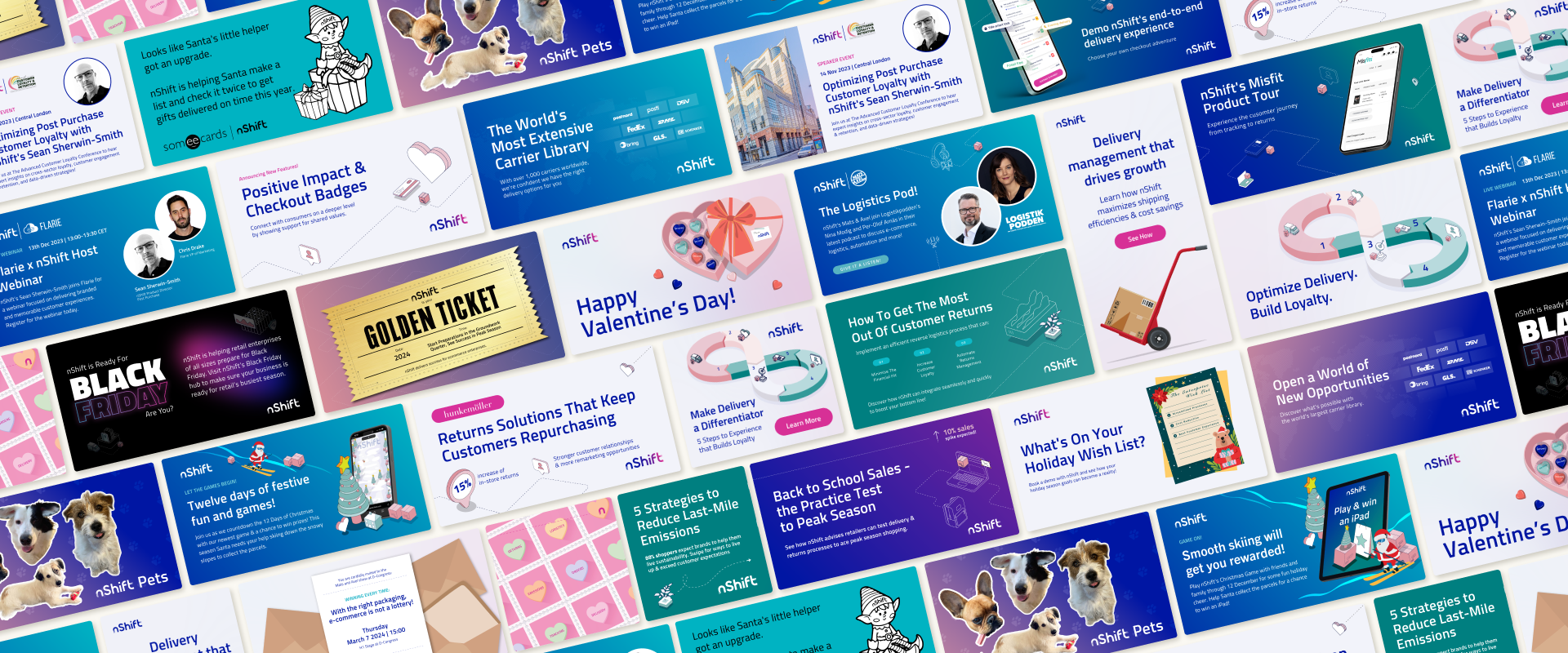
Integrating CLV Into Marketing Strategy
Once you know your CLV, it can inform every marketing decision:
- Allocate budget to campaigns that attract high-value customers.
- Optimize cross-channel efforts to increase retention and repeat purchases.
- Align sales and marketing teams around a shared definition of success.
- Use automation tools to deliver personalized experiences that maximize CLV.
When you prioritize long-term value over short-term wins, every marketing dollar works harder and smarter.
Common Challenges and Best Practices
Building a full-funnel analytics framework isn’t without hurdles. Common challenges include:
- Data silos – Different teams or platforms may track metrics inconsistently.
- Tracking across multiple channels – Customers interact with your brand in many ways, making it hard to unify data.
- Misaligned goals – Sales and marketing may prioritize different metrics, creating friction.
Best practices to overcome these challenges include:
- Implement unified dashboards to consolidate data.
- Define consistent KPIs and metric definitions across teams.
- Regularly audit and refine your analytics framework to maintain accuracy.
With the right approach, these challenges become opportunities to create a data-driven marketing strategy that maximizes CLV.
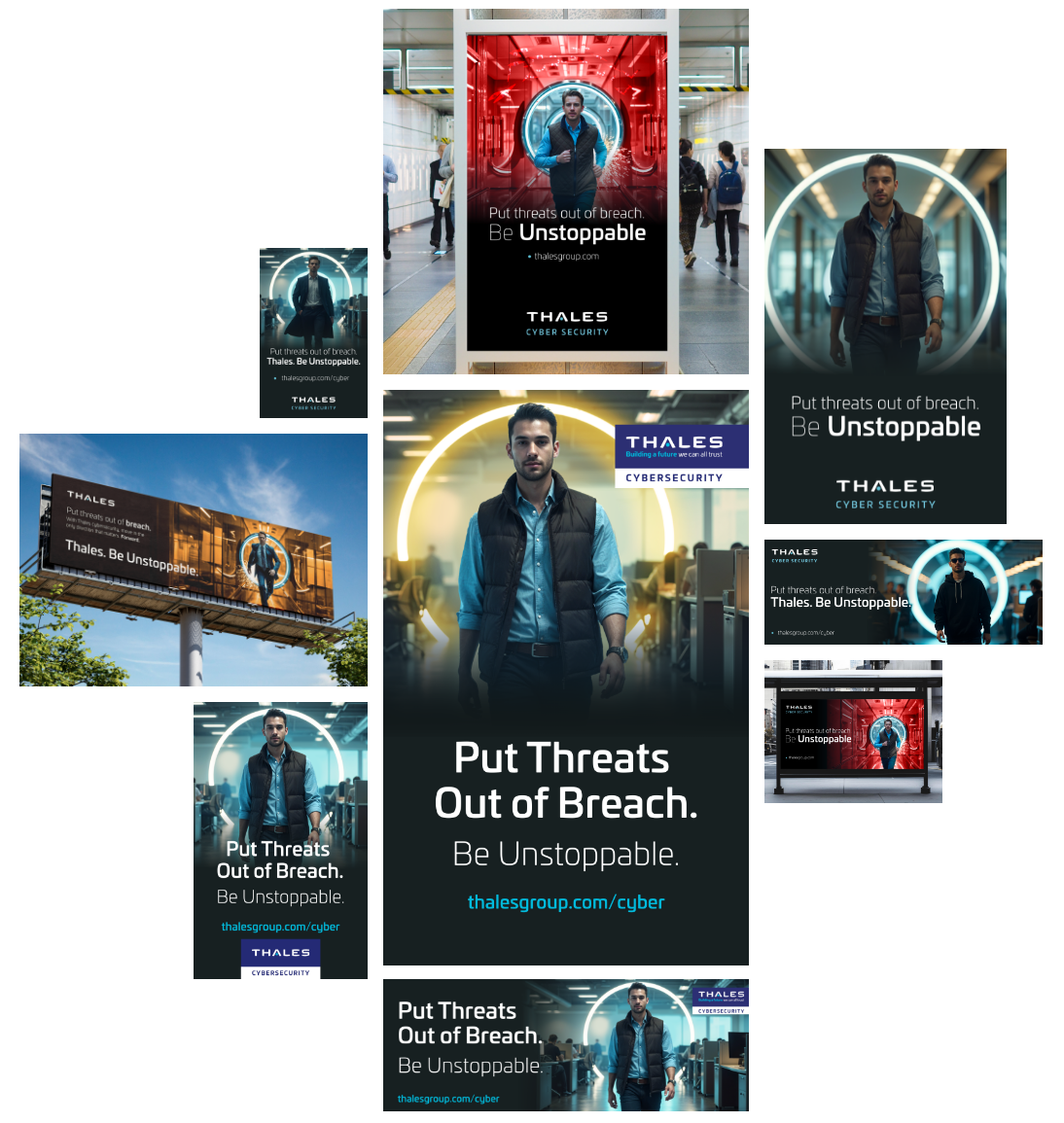
Turning Clicks into Lasting Customer Value
Moving from clicks to customer lifetime value is critical for sustainable business growth. A full-funnel analytics framework allows you to measure the true impact of your marketing efforts across the entire customer journey. By tracking the right metrics, calculating CLV, and integrating insights into your strategy, you can make smarter decisions, optimize budgets, and drive long-term success.
Ready to build a full-funnel framework that turns leads into loyal customers? Contact Bluetext today to start maximizing your marketing ROI.
In today’s marketing landscape, brands are under constant pressure to produce more content, faster. Audiences expect fresh insights across blogs, social channels, email campaigns, and multimedia platforms. But scaling content production sustainably—without diluting quality—remains one of the biggest challenges for marketing teams.
That’s where content atomization comes in. At its core, content atomization is the process of transforming one “big idea”—like a whitepaper, webinar, or research report—into dozens of derivative deliverables. It’s not about recycling or copy-pasting. It’s about strategically repurposing content into formats tailored for different channels, audiences, and stages of the buyer journey.
In this playbook, we’ll break down how to turn a single asset into a full campaign ecosystem, outline best practices to follow, and highlight common pitfalls to avoid.
What Is Content Atomization and Why It Matters
Content atomization is the practice of breaking down a larger piece of content into smaller, more focused assets. For example, a 20-page research report might become a three-part blog series, a webinar, a handful of infographics, a podcast episode, and a set of social media posts.
The benefits are clear:
- Scalability – One idea can fuel a month or more of campaigns.
- Efficiency – Reduce the time and resources needed to create net-new content.
- Message consistency – Ensure a unified brand narrative across platforms.
- ROI – Extend the lifespan and impact of flagship content investments.
In a world where marketing teams face increasing pressure to be “always on,” content atomization provides a framework for digital marketing efficiency without sacrificing quality.
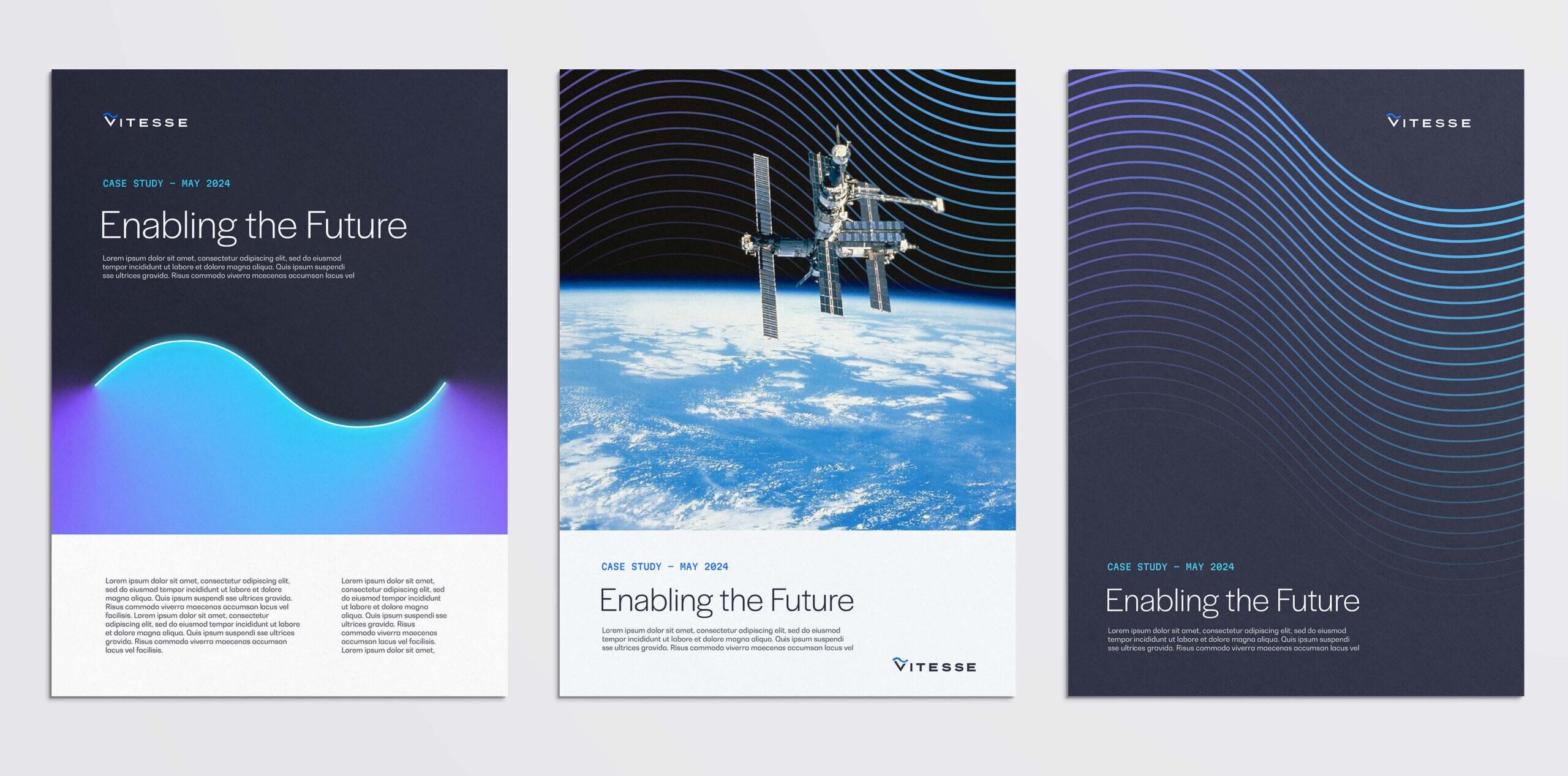
The Content Atomization Framework
Think of content atomization as a hub-and-spoke model. At the hub sits your core asset—a whitepaper, webinar, keynote, or research report. From there, spokes radiate outward into derivative assets that extend the core message into different channels and formats.
Core Asset (The Big Idea)
Your atomization strategy begins with one substantial piece of content. This could be:
- A research-driven whitepaper
- A recorded webinar or virtual panel
- A keynote presentation
- A case study or success story
This core asset is your intellectual “pillar” that everything else builds from.
Derivative Assets
Here’s how a single core asset can splinter into dozens of deliverables:
- Blogs & Articles – Break down sections into topic-specific posts optimized for search.
- Social Content – Extract key quotes, statistics, and visuals for LinkedIn, X, and Instagram.
- Thought Leadership – Draft contributed articles or op-eds drawing from core themes.
- Email Campaigns – Create nurture sequences that tease insights and drive downloads.
- Infographics & Visuals – Translate data-heavy sections into shareable graphics.
- Video & Audio – Clip webinar highlights into short-form videos or podcast segments.
- Interactive Assets – Turn research into calculators, quizzes, or gated interactive tools.
The beauty of this model is that one initial investment produces a multi-channel marketing ecosystem—meeting audiences where they are with content that feels purpose-built.
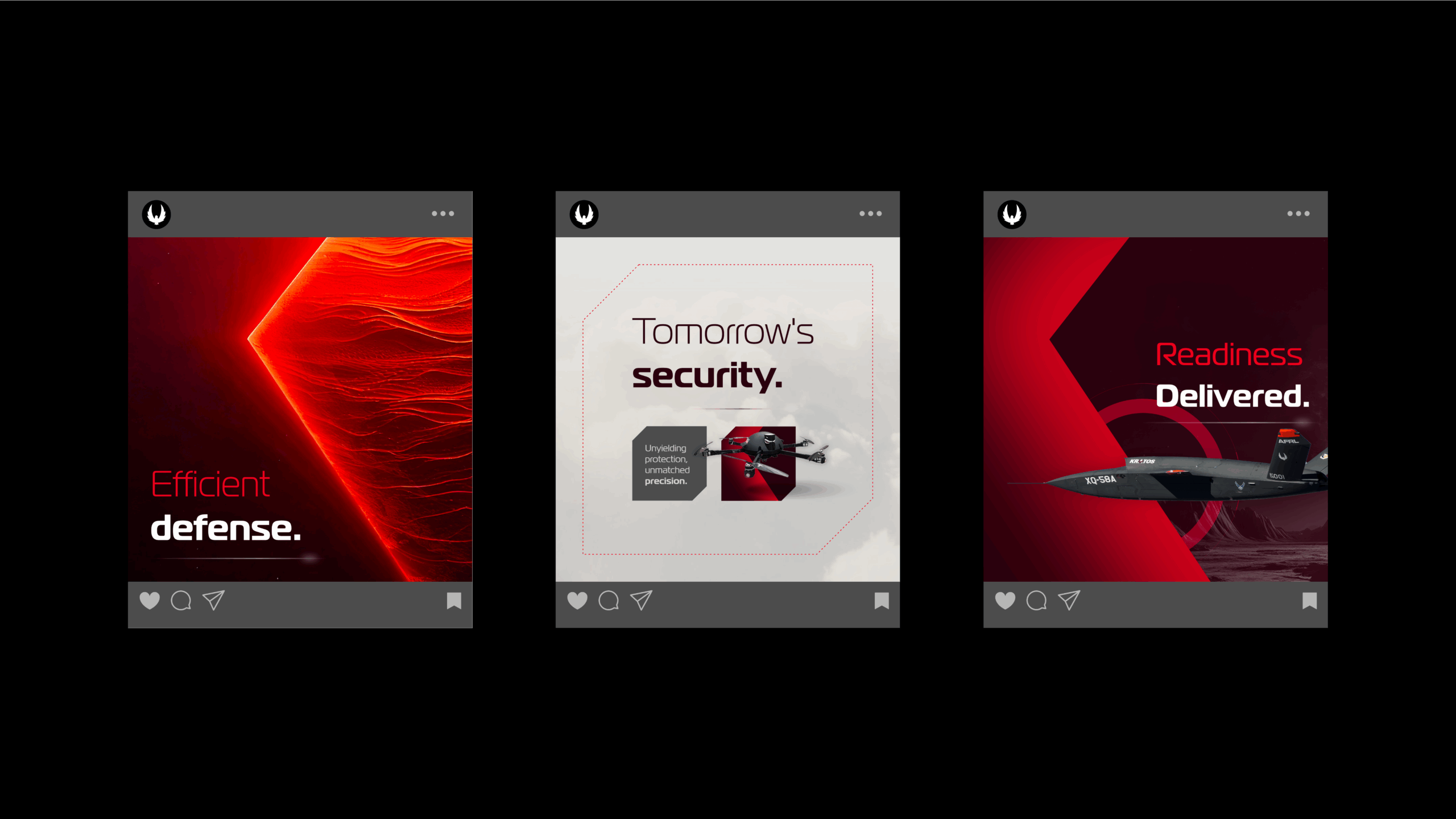
Real-World Examples of Content Atomization in Action
To illustrate, let’s look at two scenarios where brands can apply this approach:
Example 1: Whitepaper Atomization
- A cybersecurity company develops a whitepaper on emerging threats.
- The whitepaper becomes:
- Three blog posts on specific threat categories
- An infographic visualizing attack trends
- A webinar with subject matter experts
- A LinkedIn carousel highlighting key statistics
- A nurture email sequence linking to each derivative piece
Example 2: Webinar Atomization
- A SaaS brand hosts a webinar on customer experience trends.
- From the recording, the marketing team creates:
- A recap blog post with takeaways
- Short video clips optimized for LinkedIn
- A thought leadership article by the webinar host
- A podcast episode edited from the Q&A session
- A set of sales enablement slides for the field team
In both cases, the original asset fuels an entire campaign ecosystem—maximizing reach while reducing the demand for net-new production.
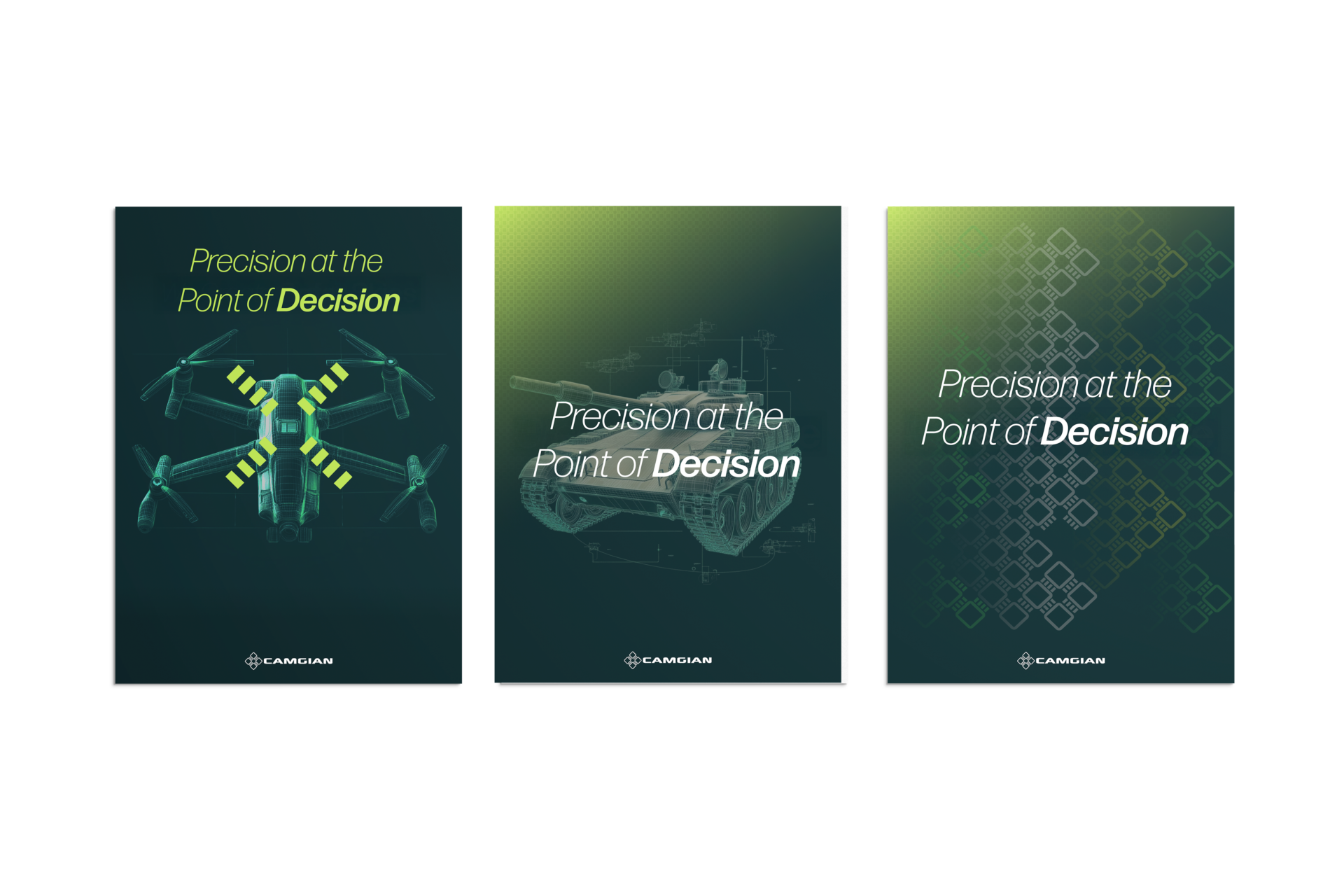
Best Practices for Scaling Your Content Atomization Strategy
While the concept is straightforward, executing content atomization effectively requires discipline. Here are best practices to guide your approach:
- Start with a strong “pillar” asset. Choose an idea that is broad enough to support multiple derivatives and relevant enough to resonate across buyer stages.
- Map assets to the buyer journey. Ensure derivative content addresses awareness, consideration, and decision-making phases.
- Adapt to each channel. Don’t simply repost—customize tone, format, and length for blogs, social, and video.
- Leverage analytics. Use engagement metrics to prioritize which derivative formats perform best with your audience.
- Maintain consistency. Keep design, voice, and key messages aligned across all pieces to reinforce the campaign.
- Use AI wisely. Artificial Intelligence tools can accelerate drafting and formatting but should be guided by brand voice and editorial oversight.
When done right, atomization amplifies your reach without sacrificing quality or cohesion.
Common Mistakes to Avoid
Content atomization can be powerful, but there are traps to watch for:
- Republishing instead of repurposing. Copying text from one channel to another rarely works. Content must be reshaped for its audience and format.
- Lack of channel-specific optimization. A LinkedIn carousel should look and feel different from a blog post or nurture email.
- Ignoring SEO. Each derivative piece should be optimized with keywords, metadata, and internal links to strengthen discoverability.
- Overproduction without strategy. Don’t create derivative assets for the sake of volume—prioritize formats your audience values most.
Avoiding these pitfalls ensures that your atomization efforts drive real results rather than just more content.
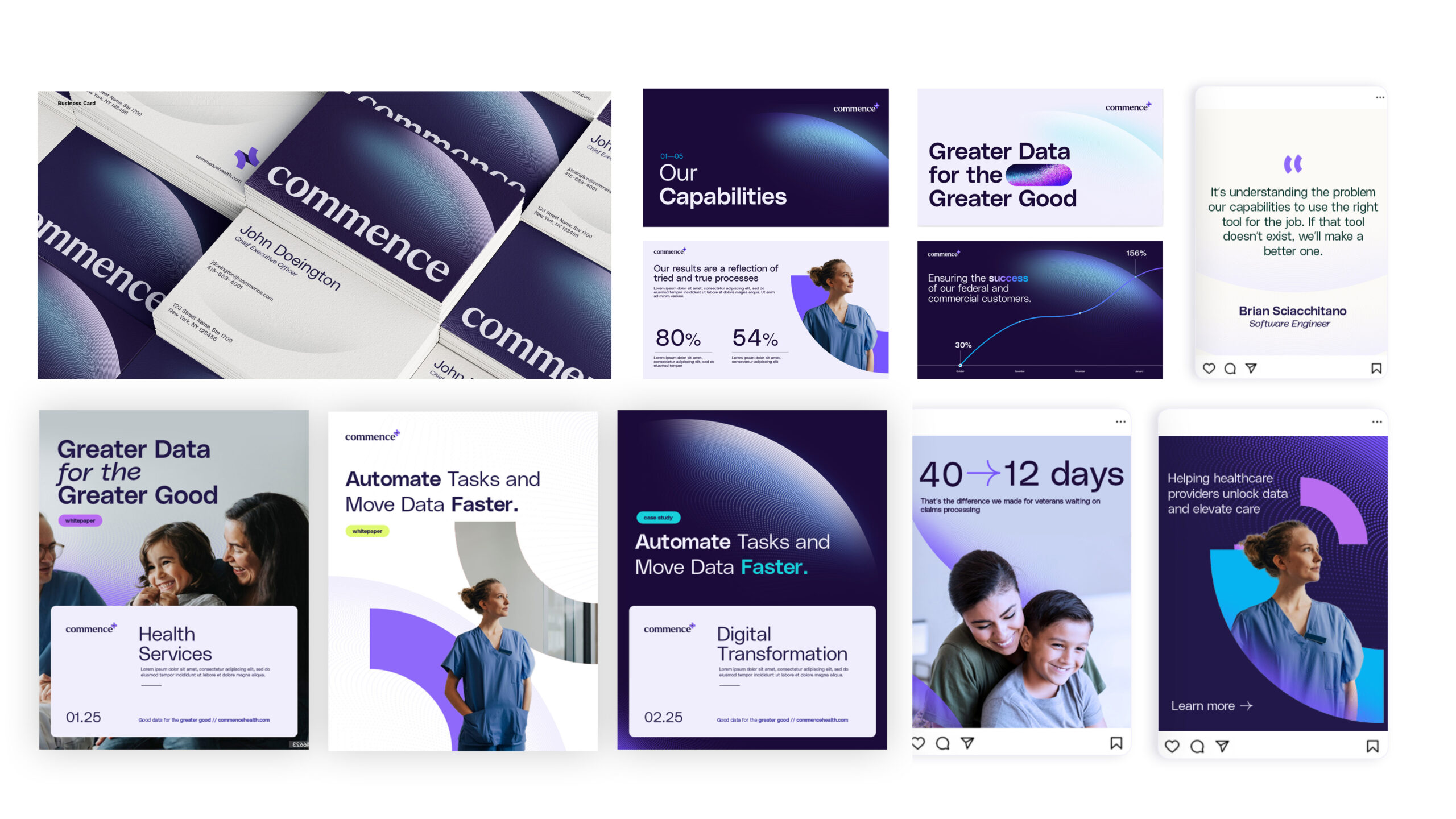
Building Your Own Content Atomization Playbook
So how can your team put this into practice? Start by developing a repeatable playbook:
- Identify the core asset. Whitepaper, webinar, or report.
- Audit potential derivatives. Map out blogs, social, emails, and visuals.
- Align with the buyer journey. Match content to awareness, consideration, and decision stages.
- Develop a rollout plan. Stagger content releases to sustain engagement over time.
- Measure and refine. Track performance to see which atomized pieces resonate most.
By creating a systematic process, you can ensure that every major content investment continues to pay dividends long after launch.
Maximizing the Value of Every Idea
Marketing teams don’t always need to chase the next “big idea.” Often, the smartest move is to extract more value from the ideas you already have. Content atomization offers a roadmap for doing exactly that—fueling multi-channel campaigns, ensuring message consistency, and maximizing ROI.
At Bluetext, we help brands design and execute content marketing frameworks that scale. From developing high-impact core assets to rolling out full atomization ecosystems, our team ensures that one idea becomes dozens of deliverables—without sacrificing quality or creativity.
Looking to maximize the value of your content? Bluetext helps brands transform big ideas into multi-channel campaigns that drive results. Contact us today.
The only constant in marketing is change. Platforms evolve, budgets tighten, algorithms shift, and buyer behavior grows more complex by the quarter. For brands reliant on rigid campaigns or single-channel tactics, these changes can upend even the most carefully laid plans.
That’s why marketers today must focus on future-proofing their funnels. Instead of chasing the next quick fix, resilient organizations design strategies that adapt, campaigns that flex, and content frameworks that hold up in times of uncertainty. Future-proofing isn’t about predicting every twist and turn—it’s about building the agility to withstand them.
Why Future-Proofing Your Funnel Matters
The risks of not preparing are real. A sudden change to Google’s algorithm can slash your organic reach. A downturn in the economy can freeze budgets and elongate sales cycles. Shifts in social media platforms can alter how buyers discover and evaluate solutions.
In B2B especially, where long decision cycles and high-stakes purchases dominate, a fragile funnel can quickly dry up. On the other hand, brands that adapt fast capture market share. By prioritizing resilience and agility, marketers can keep pipeline steady—even when external forces are unpredictable.
How to Build Agile Campaigns
Agility starts with campaign design. Traditional “set it and forget it” marketing no longer works when conditions can change overnight. Instead, marketers should:
- Iterate and optimize continuously. Shorten campaign cycles and test variables regularly.
- Leverage real-time data. Use dashboards and analytics to spot performance changes early.
- Build modular campaigns. Design assets that can be repurposed, scaled up, or scaled back depending on need.
This agile mindset keeps campaigns aligned with current buyer realities while maintaining the flexibility to pivot quickly.
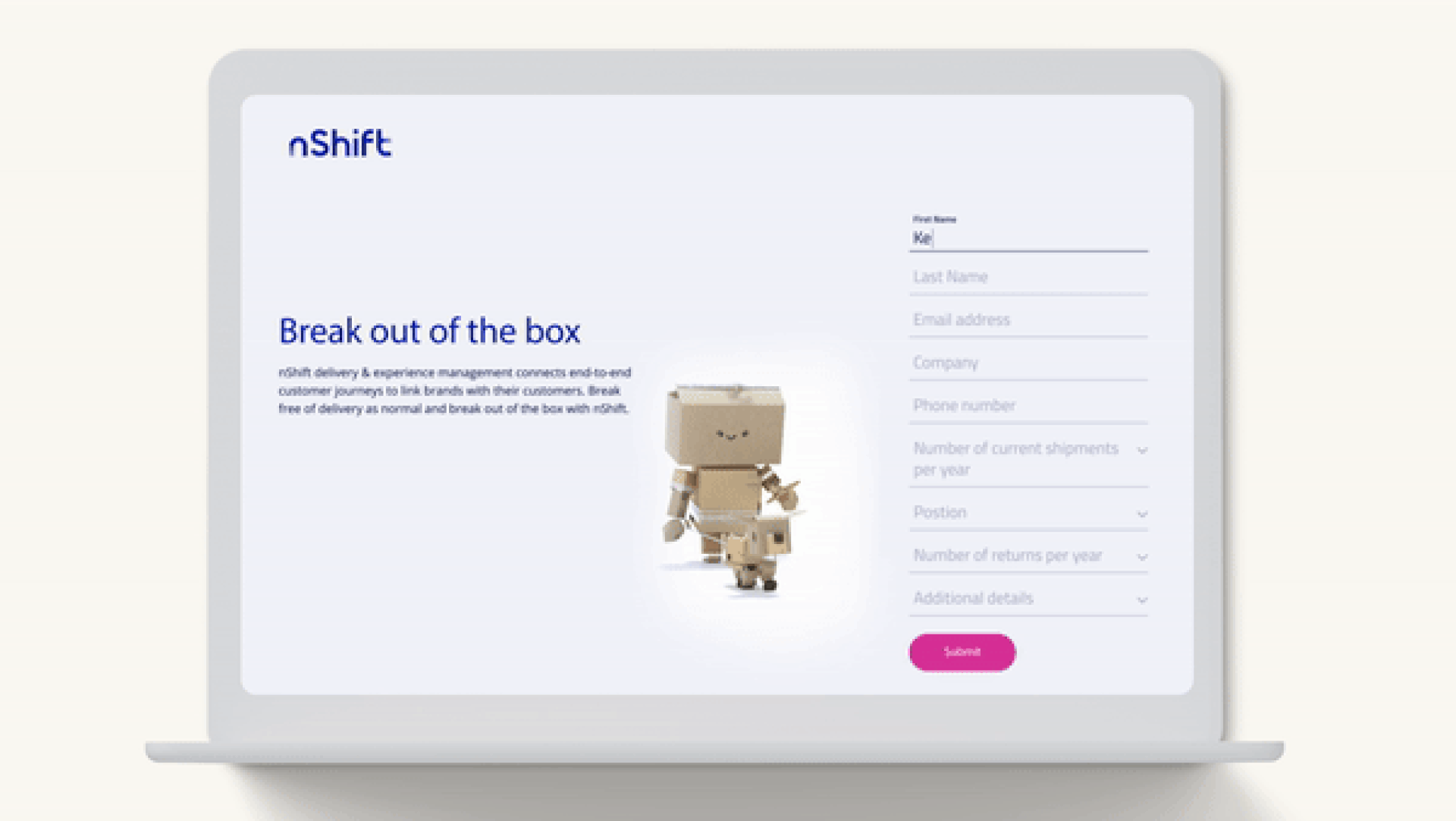
Designing Flexible Content Frameworks
If campaigns are the fuel, content is the engine. To future-proof your funnel, content must be both adaptable and evergreen.
- Evergreen content as a foundation. Assets like thought leadership blogs, explainer videos, and white papers hold value regardless of market shifts.
- Repurposing strategies. A single webinar can become blog posts, short-form videos, infographics, and social campaigns—stretching value across channels.
- Evolving with buyer needs. Content frameworks should be broad enough to adapt as buyer pain points change, while still specific enough to drive relevance.
The goal is a flexible content library that feeds the funnel consistently, no matter the channel or trend of the moment.
Adapting to Evolving Buyer Behavior
Today’s B2B buyers don’t follow a linear journey. They self-educate, compare across platforms, and consult multiple stakeholders before making decisions. Future-proof funnels must reflect this reality:
- Be omnipresent. Ensure your brand is discoverable across digital touchpoints, from LinkedIn to search to industry forums.
- Prioritize personalization. Tailor messaging based on industry, role, and intent signals.
- Enable self-service. Provide demos, calculators, and resources that let buyers explore at their own pace.
By aligning with how buyers want to engage, marketers stay relevant regardless of external shifts.
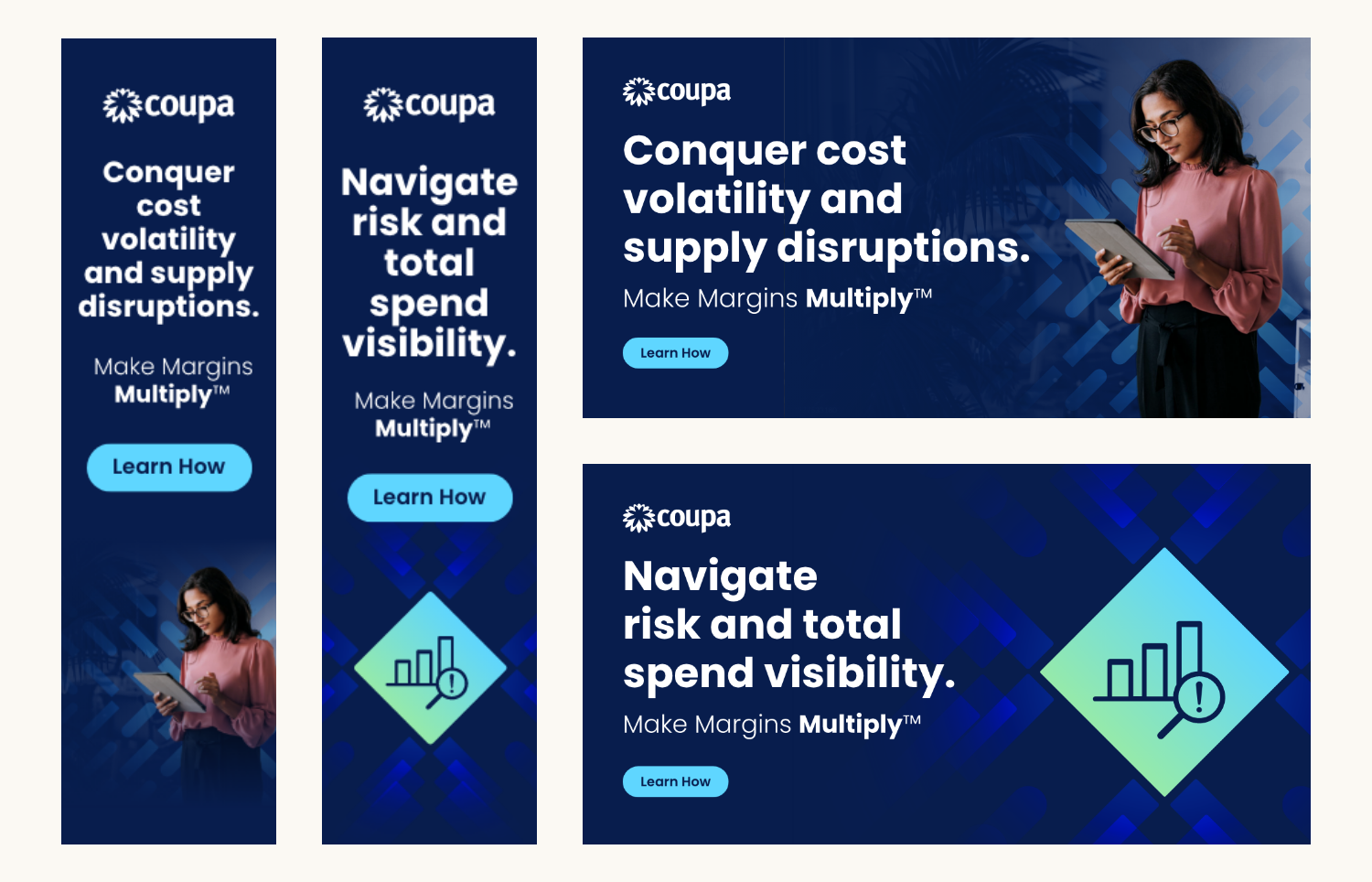
Measuring Funnel Resilience
How do you know if your funnel is future-proof? Look for signs of flexibility and sustainability:
- Conversion velocity. Are leads moving through stages efficiently, or getting stuck when conditions change?
- Pipeline diversity. Are you reliant on one or two channels, or do you have a mix of demand sources?
- Multi-touch attribution. Do you understand which touchpoints are most effective at each stage?
Early warning signs—like sharp drops in inbound leads after a platform update—signal funnel fragility. Tracking resilience-focused KPIs helps you pivot before major disruption hits.
Best Practices to Withstand Change
Resilient funnels don’t happen by accident—they’re the product of intentional design. To strengthen yours:
- Diversify channels. Don’t overinvest in a single source of traffic or leads.
- Build cross-functional alignment. Marketing and sales should collaborate continuously to refine messaging and prioritize accounts.
- Adopt agile technologies. Automation platforms, AI-driven analytics, and CRM integrations allow for faster pivots and real-time insights.
- Plan for scenarios. Develop “what-if” strategies for potential shifts in buyer behavior or industry trends.
These practices not only protect against disruption but also accelerate growth during periods of stability.

Resilience as a Competitive Advantage
Future-proofing your funnel isn’t about eliminating uncertainty—it’s about building marketing systems that thrive in spite of it. The brands that win in the years ahead won’t necessarily be the biggest or loudest. They’ll be the most adaptable.
By embracing agility in campaigns, flexibility in content, and responsiveness to buyer behavior, marketers can turn resilience into a true competitive advantage.
If your organization is ready to future-proof its funnel, Bluetext can help you design agile campaigns and flexible frameworks that withstand disruption and drive sustainable growth. Contact us today.
In a marketing world driven by personalization, relevance, and precision, a one-size-fits-all approach no longer cuts it. As markets mature and buyers demand deeper expertise, more global CMOs are turning to a proven strategy to break through the noise: verticalization.
Rather than positioning their products or services in broad horizontal terms (e.g., “project management software” or “cloud security”), top SaaS and services brands are embracing industry-specific go-to-market strategies that speak directly to the pain points, regulations, and nuances of distinct verticals like healthcare, government, financial services, or manufacturing.
And the results? Higher win rates, stronger brand affinity, and shorter sales cycles.
What Is Verticalization—and Why Now?
Verticalization means tailoring your entire marketing and sales motion—messaging, content, campaigns, and even product features—to the needs of a specific industry.
It’s more than just inserting an industry name into a landing page. It’s about showing buyers that you understand their world—their compliance requirements, their legacy systems, their KPIs—and that your solution was built with their unique context in mind.
With B2B decision-makers increasingly tuning out generic messaging, brands that go deep rather than wide are standing out.
Why CMOs Are Leaning In
Global marketing leaders are investing in verticalization because it delivers measurable, strategic advantages:
1. Relevance that drives resonance
Generic messaging may sound safe, but it rarely inspires action. Tailored industry messaging helps buyers see themselves in your story—and moves them further down the funnel.
2. Faster sales cycles
Industry-aligned sales enablement tools (e.g., vertical case studies, ROI calculators) help reps build trust faster and reduce time spent educating prospects on fit.
3. Better content performance
Industry-specific thought leadership and gated content drive higher engagement and conversion rates, especially in ABM or outbound campaigns.
4. Stronger differentiation
In crowded categories, vertical fluency sets you apart. Buyers don’t just want software—they want solutions built for them.
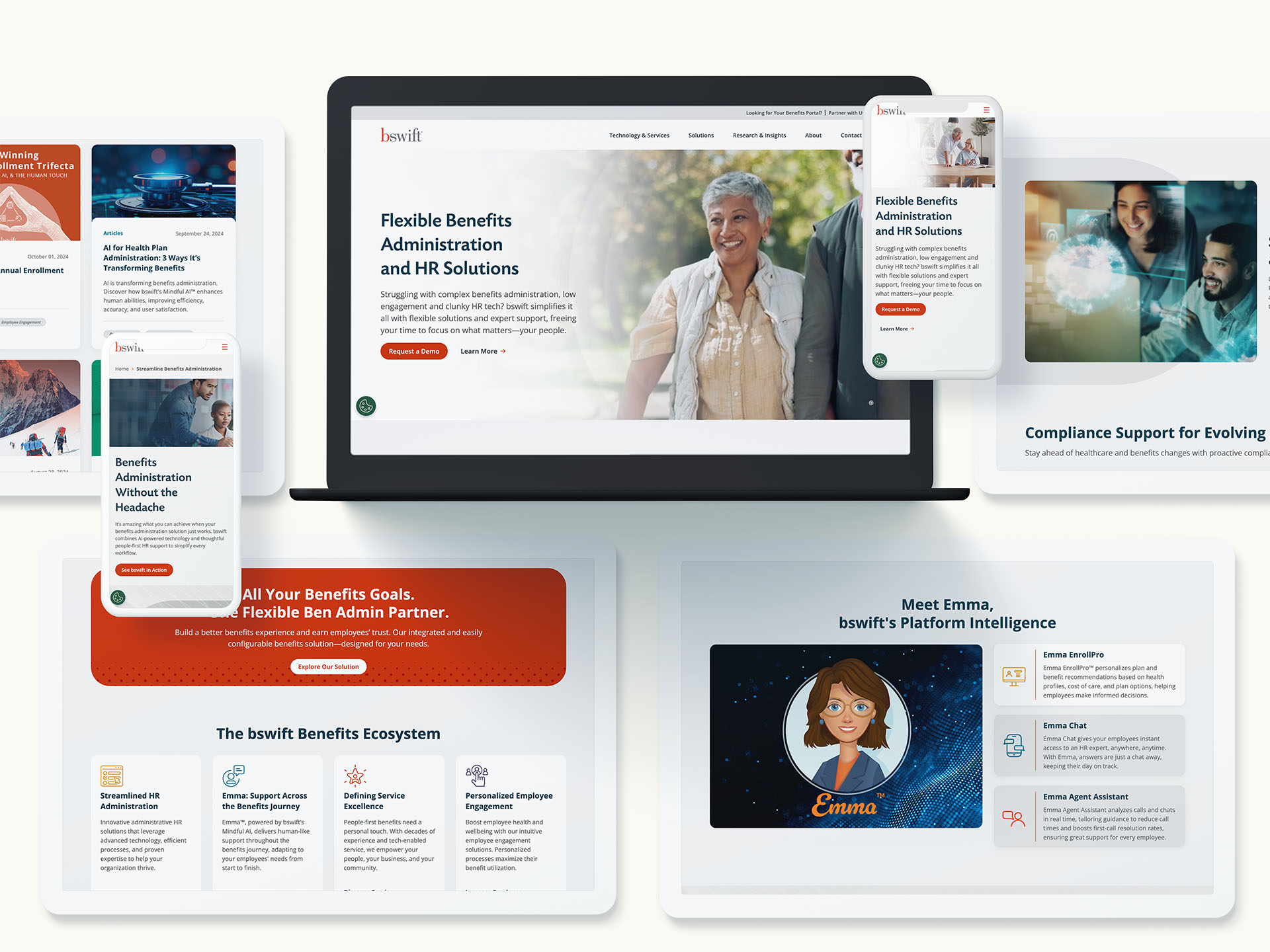
What Verticalized Marketing Looks Like in Practice
To make verticalization work, brands need to operationalize it across the marketing ecosystem:
1. Dedicated industry teams or pods
Many global CMOs are standing up “vertical marketing managers” or small pods that own campaign development, content calendars, and sales enablement for a given sector.
2. Industry-tailored buyer journeys
From awareness to conversion, each touchpoint should reflect the language, needs, and challenges of that specific industry—whether it’s a white paper for healthcare CIOs or a nurture flow for state-level procurement teams.
3. Customized web experiences
Landing pages, homepage segments, or entire microsites built for individual industries can dramatically improve engagement and conversion.
4. Sales and marketing alignment
Ensure that industry-specific marketing efforts are tightly integrated with sales motions. The messaging used in campaigns should map directly to the conversations happening in the field.

Deep Messaging, Not Just Different
Verticalization isn’t a find-and-replace exercise. Buyers can smell inauthenticity. To be effective, your marketing must show true domain expertise.
That means:
- Speaking to regulatory realities (e.g., HIPAA, FedRAMP, PCI-DSS)
- Referencing industry-specific workflows or pain points
- Using metrics that matter to the sector—whether it’s uptime, throughput, cost per bed, or citizen satisfaction
Collaborating with subject matter experts, leveraging customer testimonials, and co-creating with vertical influencers can help you avoid surface-level messaging.
How to Scale Without Losing Focus
A common concern with verticalization is that it can become complex and resource-intensive. The key is building systems that allow for scale and specificity:
- Create modular campaign assets (e.g., hero videos, pitch decks, email sequences) that can be easily adapted per vertical.
- Develop a flexible brand framework that preserves consistency while enabling regional or industry customization.
- Use a centralized DAM and CMS to manage, update, and distribute vertical-specific content across global teams.
- Define a rollout roadmap—you don’t need to verticalize for every industry at once. Start with your top-performing or highest-potential sectors.

Why It Works
At its core, verticalized marketing works because it meets buyers where they are. It builds credibility, confidence, and conversion power—three things every marketing leader is after.
And in competitive categories where every brand sounds the same, speaking your buyer’s language is no longer a nice-to-have—it’s a strategic imperative.
Want to Build an Industry-Specific Growth Strategy?
Bluetext helps brands reframe their messaging, campaigns, and go-to-market strategies around the industries that matter most. Whether you’re launching into new sectors or scaling vertical programs globally, we build frameworks that drive results. Contact us to start verticalizing your marketing—and winning where it counts.
As brands expand their reach across borders, the challenge isn’t just going global—it’s staying cohesive while doing it. Because international growth doesn’t mean one-size-fits-all messaging. It means speaking directly to diverse audiences, in different languages, across different cultures—without losing what makes your brand recognizable.
The trick? Localization at scale: building systems that flex for regional nuance without fracturing your brand.
The Risks of Going Global Without a Strategy
We’ve seen it happen—fast-growing companies push into new regions, and suddenly their brand looks and feels different everywhere. The French website has a different tagline. The German social campaign uses off-brand colors. The APAC product sheet calls the same feature by a completely different name.
Without a defined localization strategy, global marketing becomes a game of telephone—with inconsistent messaging, diluted visuals, and confused customers.
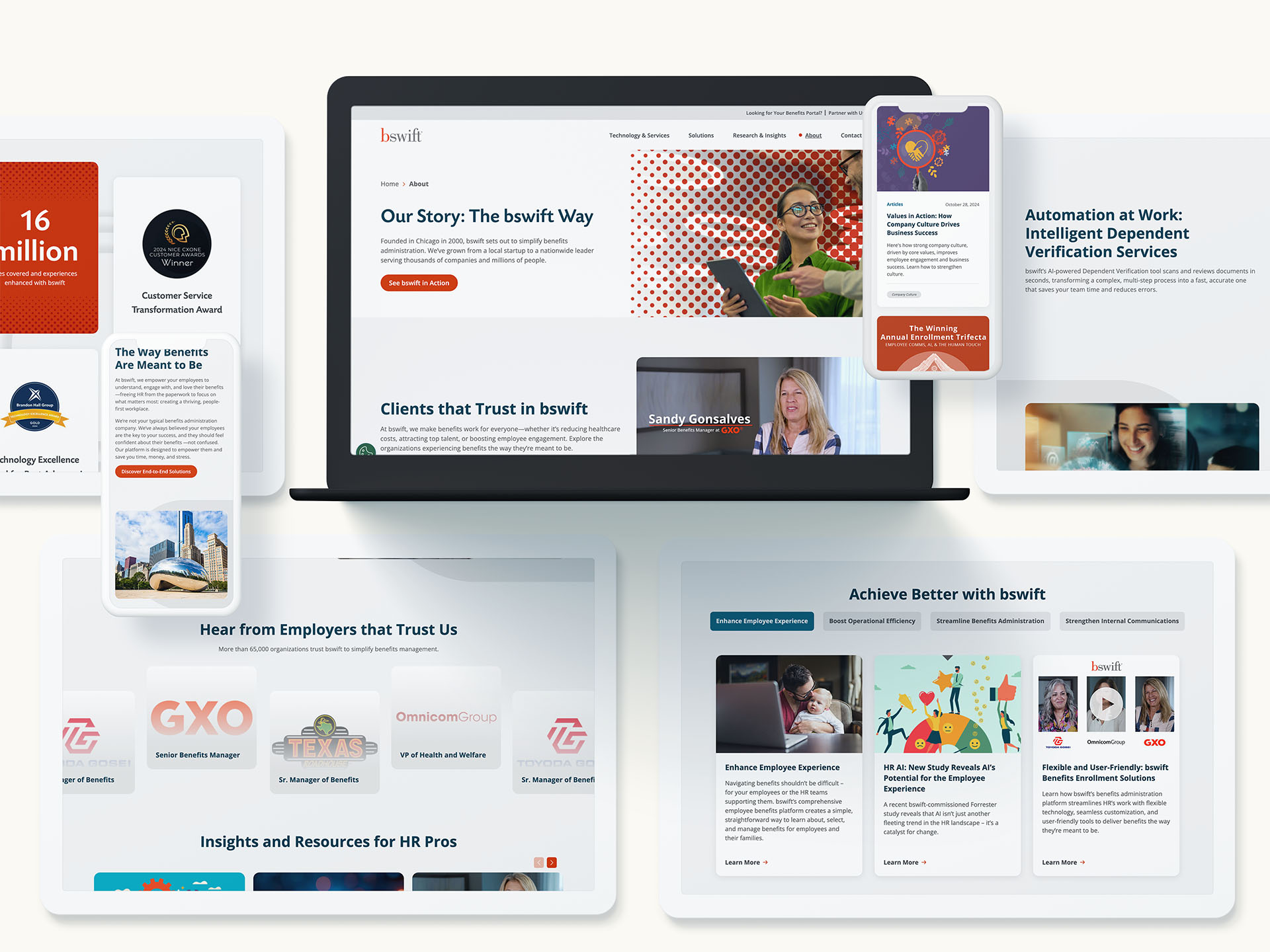
The Brand Consistency Challenge
Brand consistency is about more than logos and fonts. It’s about:
- Unified messaging pillars
- A shared tone of voice
- Consistent product naming conventions
- Visuals that reinforce brand DNA across all platforms
But this consistency gets complicated fast when:
- Teams in different regions are working in silos
- Local agencies interpret branding through their own lens
- Translation is treated as a final step, not a foundational consideration
In short, global expansion without a system invites fragmentation.
A Framework for Scalable Localization
To scale localization without losing control, brands need a structured but flexible framework. Here’s how leading companies do it:
1. Centralized Brand Guidelines, with Built-In Flexibility
Develop a global brand system that clearly defines:
- Core identity elements (logo usage, typography, color palettes)
- Voice and tone rules
- Messaging frameworks and brand pillars
But don’t stop there—include examples of how these can adapt for cultural relevance in local markets.
2. Establish Global vs. Local Ownership
Clarify what’s owned centrally (like key messaging, product naming, or logo integrity) versus what can be modified regionally (like calls to action, visuals, or campaign headlines). This helps local teams move fast without violating global standards.
3. Build a Cross-Functional Governance Model
Set up a process where brand, regional marketing, and localization teams can collaborate, review creative, and ensure alignment across launches.
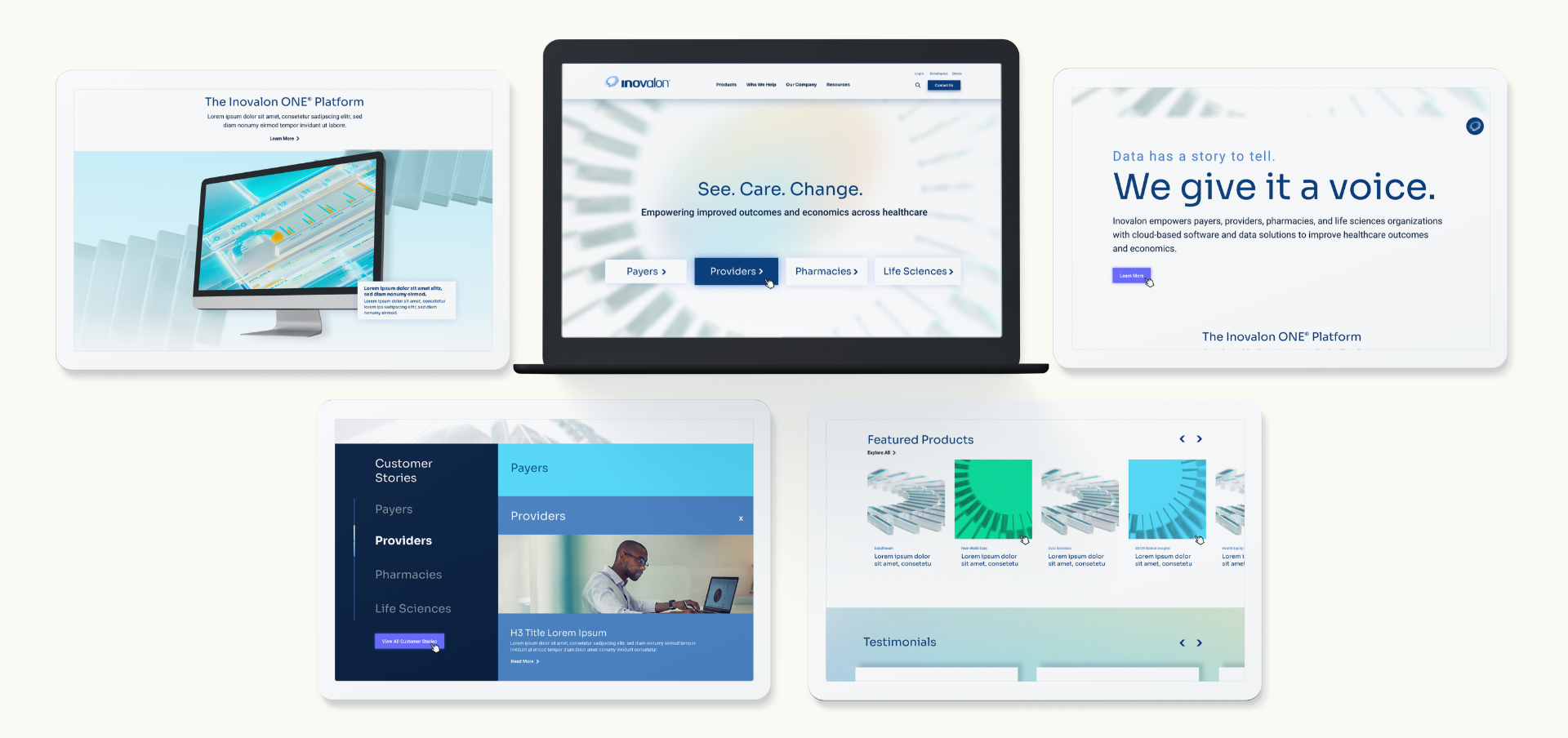
Cultural Relevance Is More Than Translation
Successful localization goes beyond language. It requires cultural fluency—understanding what resonates with each audience.
Consider:
- Adjusting tone and formality for regional expectations
- Rewriting—not just translating—taglines, CTAs, or value propositions
- Avoiding idioms, humor, or visuals that don’t translate across borders
The goal isn’t to replicate. It’s to reinterpret—in a way that maintains the core idea while landing more effectively in-market.
Creative + Operational Best Practices
Localization at scale requires both process and creativity. Here’s how to support both:
- Design reusable creative systems: Create modular templates for web, email, paid media, and social assets that local teams can customize within guardrails.
- Use a global content management system (CMS): A CMS that supports multi-language site versions helps centralize oversight while enabling regional flexibility.
- Invest in a DAM and translation management system (TMS): Organize brand assets and enable consistent translations that are version-controlled, searchable, and easily distributed.
- Train your teams: Provide onboarding and ongoing brand training for regional marketers, translators, and agency partners.
- Monitor and optimize: Use analytics to assess how localized content performed by region—and feed insights back into your system.
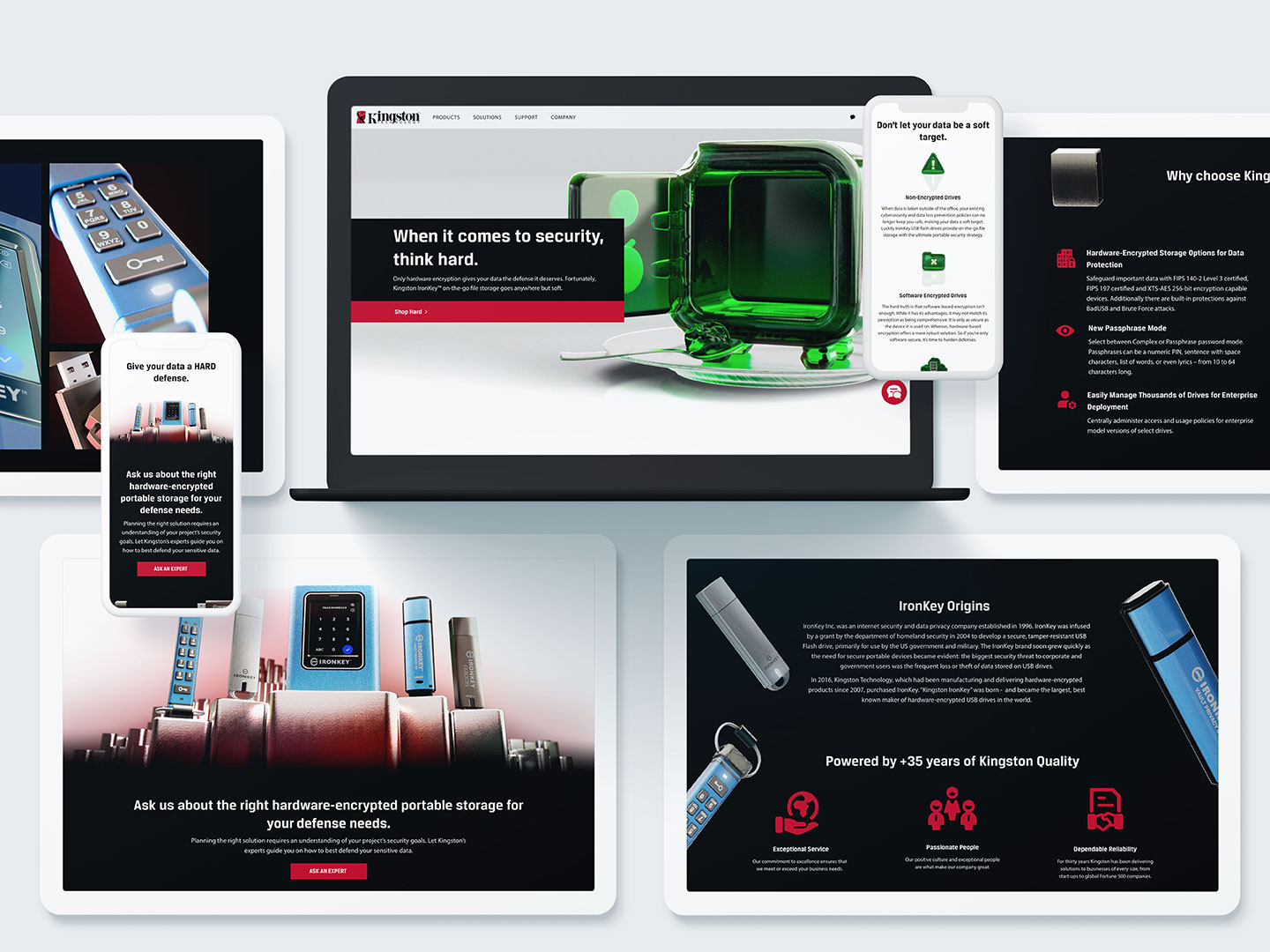
The Payoff: A Brand That Travels Well
When you balance consistency with cultural nuance, your brand becomes:
- More trustworthy – Familiarity builds credibility.
- More relatable – Regional teams feel empowered to connect with local audiences.
- More agile – Launches become faster and more repeatable, with fewer missteps.
It’s not just about protecting your brand—it’s about amplifying it across every market you touch.
Need a Global Brand That Feels Local Everywhere?
Bluetext helps brands develop scalable localization strategies that maintain identity while enabling adaptation. From building global campaign toolkits to implementing multi-language websites and brand governance systems, we help you stay consistent—without being rigid.
Contact us to learn how we can help your brand speak the local language, at scale.
In today’s B2B landscape, decision-makers aren’t just listening to brands—they’re listening to people. Not celebrities or social media stars, but real experts: engineers, analysts, developers, and operators with deep industry knowledge and the trust of their peers. For marketers, this shift presents a powerful opportunity: activating niche influencers to drive engagement, credibility, and conversions.
Here’s how smart B2B brands are tapping into the power of hyper-relevant voices to lead conversations—and win customers.
The Rise of the B2B Influencer
Influencer marketing is no longer reserved for beauty tutorials and unboxing videos. In the B2B world, influence looks different. It’s a federal cloud architect posting insight on LinkedIn. A cybersecurity analyst sharing zero-day vulnerabilities on X. A logistics manager breaking down efficiency tools on YouTube. These voices may not have millions of followers—but they do have something far more valuable: industry respect and decision-maker attention.
Whether you’re selling enterprise software, aerospace systems, or SaaS solutions for regulated industries, these niche influencers shape perception where it matters most—inside the buying journey.

Who Are B2B Influencers, Really?
Forget the ring lights and sponsored hashtags. The most effective B2B influencers are:
- Subject Matter Experts (SMEs): Engineers, developers, and product leaders who’ve built the solutions others now use.
- Analysts & Advisors: Independent thinkers who interpret market trends and tech shifts.
- Practitioners: Individuals working in the field—public sector tech officers, procurement leads, or operations directors.
- Evangelists: Employees or superfans who naturally share your brand’s vision and value.
They may not be household names, but in their specific communities, they carry serious weight.
How to Identify the Right Influencers
The key to successful B2B influencer marketing is relevance over reach. You’re not looking for a massive audience—you’re looking for the right one. To find them:
- Use tools like SparkToro or Onalytica to surface influencers by topic, keyword, or community.
- Leverage social listening to track who your buyers already follow and engage with.
- Tap into your ecosystem: Look at customers, partners, or internal experts who already have a voice in the market.
Ask: Who is creating content that my buyers trust? Who’s translating complex concepts into accessible insight?
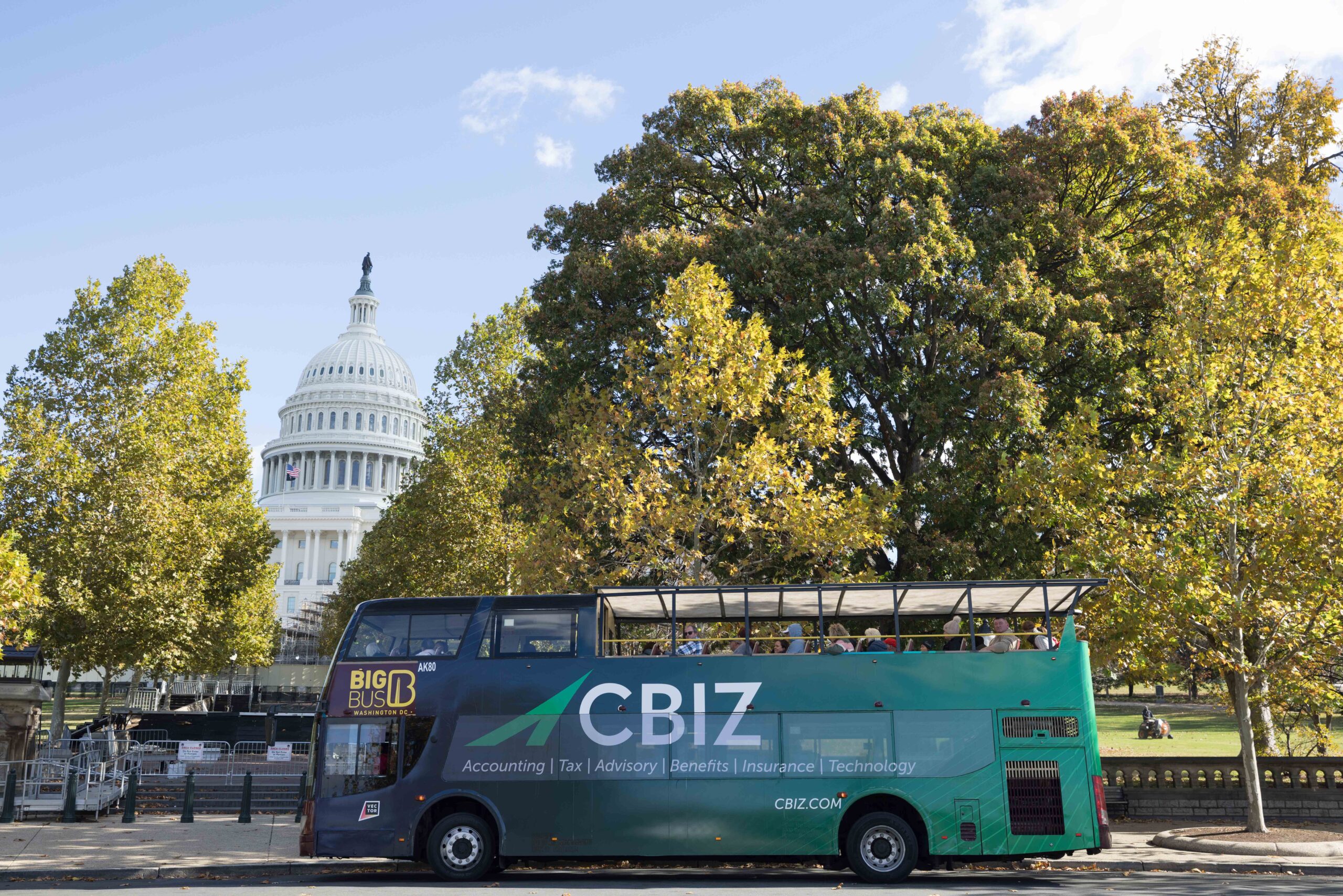
Creative Ways to Activate Niche Voices
Once you’ve identified your influencers, give them a platform—and creative freedom. Some effective tactics include:
- Co-branded thought leadership: Partner on blogs, reports, or social content that blends your brand POV with their credibility.
- Podcasts & webinars: Host niche discussions that invite influencers to share their perspectives with your audience.
- Social media takeovers: Let influencers speak directly to your community from your branded channels.
- Video reviews or demos: Let a trusted voice showcase your product in their own way—particularly effective for technical tools.
Remember: authenticity is everything. Avoid over-scripting or forcing them into your brand voice.
What Makes These Activations Effective?
The best B2B influencer campaigns share a few key traits:
- Authenticity: Let influencers be themselves. It’s their voice that builds trust—not your script.
- Relevance: Niche influencers speak directly to specific buyer segments. That’s what makes them so powerful.
- Consistency: One-off campaigns might raise awareness, but sustained partnerships build loyalty.
Think of influencers not as one-time assets, but as ongoing collaborators who deepen your connection to a target audience.
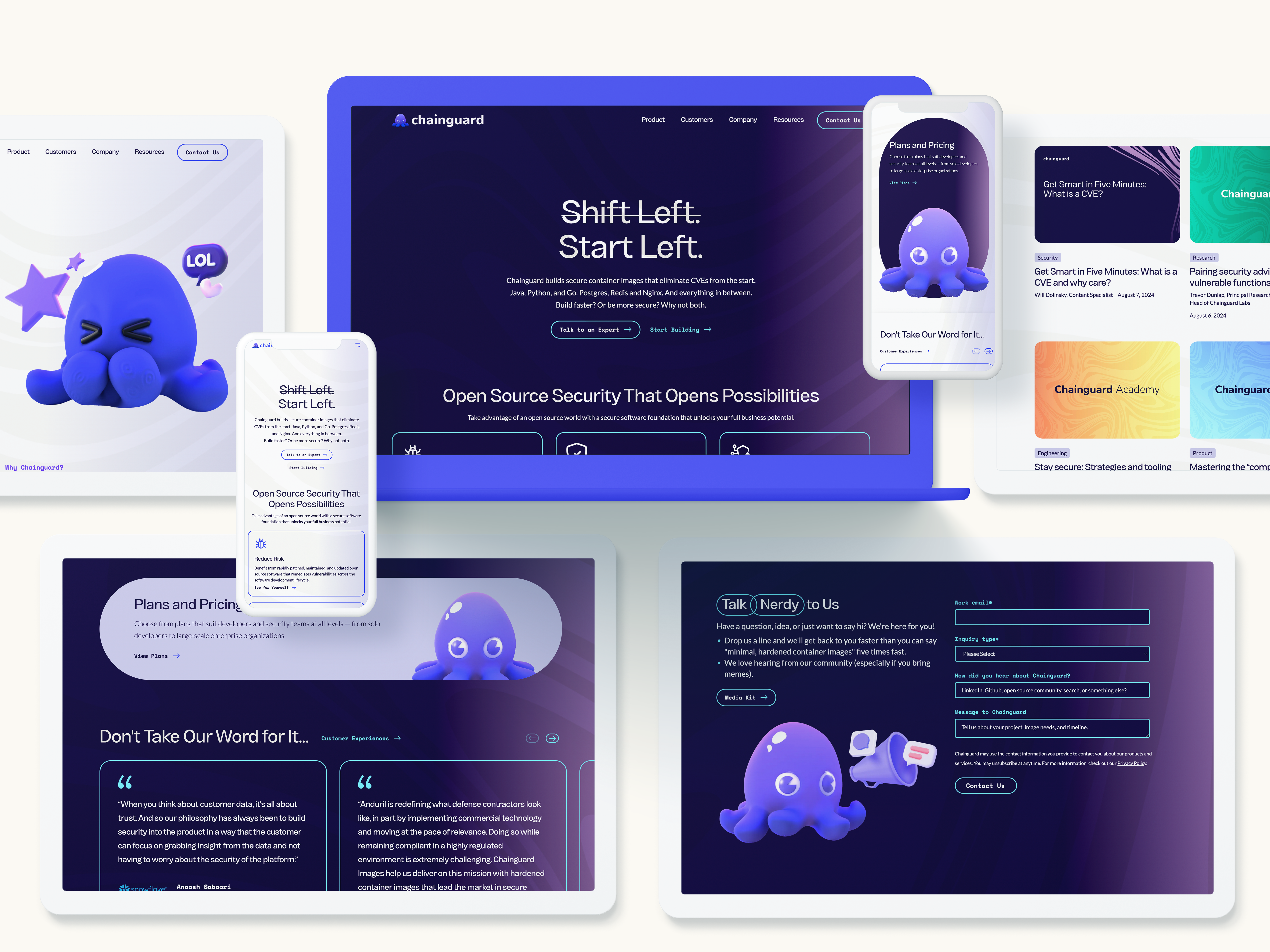
Measuring Success in B2B Influencer Campaigns
B2B sales cycles are long, complex, and rarely linear—so measuring influencer success goes beyond likes and impressions. Instead, look at:
- Engagement from the right audience segments
- Referral traffic to key landing pages or assets
- Influencer-generated content performance over time
- Assisted conversions and pipeline attribution (via UTM tracking or CRM insights)
- Brand sentiment and earned media mentions
And don’t overlook qualitative feedback: the comments, DMs, or offline conversations that signal credibility is taking root.
Influencer Marketing Is Trust Marketing
At its core, B2B influencer marketing isn’t about going viral. It’s about meeting buyers where they are, with voices they already trust. When executed strategically, it doesn’t just boost awareness—it shapes decisions, accelerates journeys, and positions your brand as a true authority within a niche.
Want to Build Your Own Influencer Ecosystem?
Bluetext helps B2B brands develop influencer strategies tailored to their vertical, audience, and goals. Whether you’re looking to launch a full-scale program or test the waters with a single campaign, we can help you activate the voices that matter.
Contact us to learn how we help brands earn trust, one niche voice at a time.